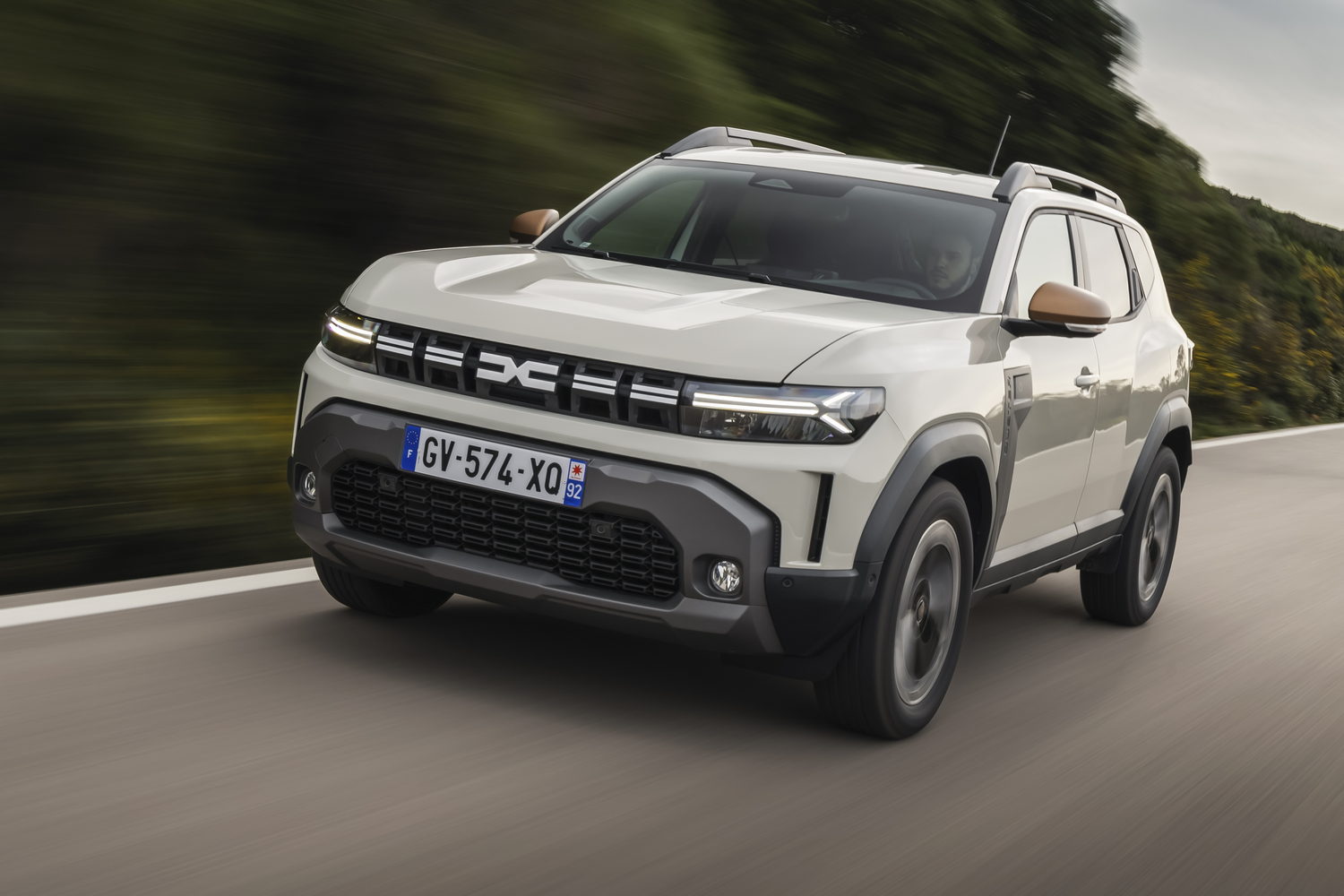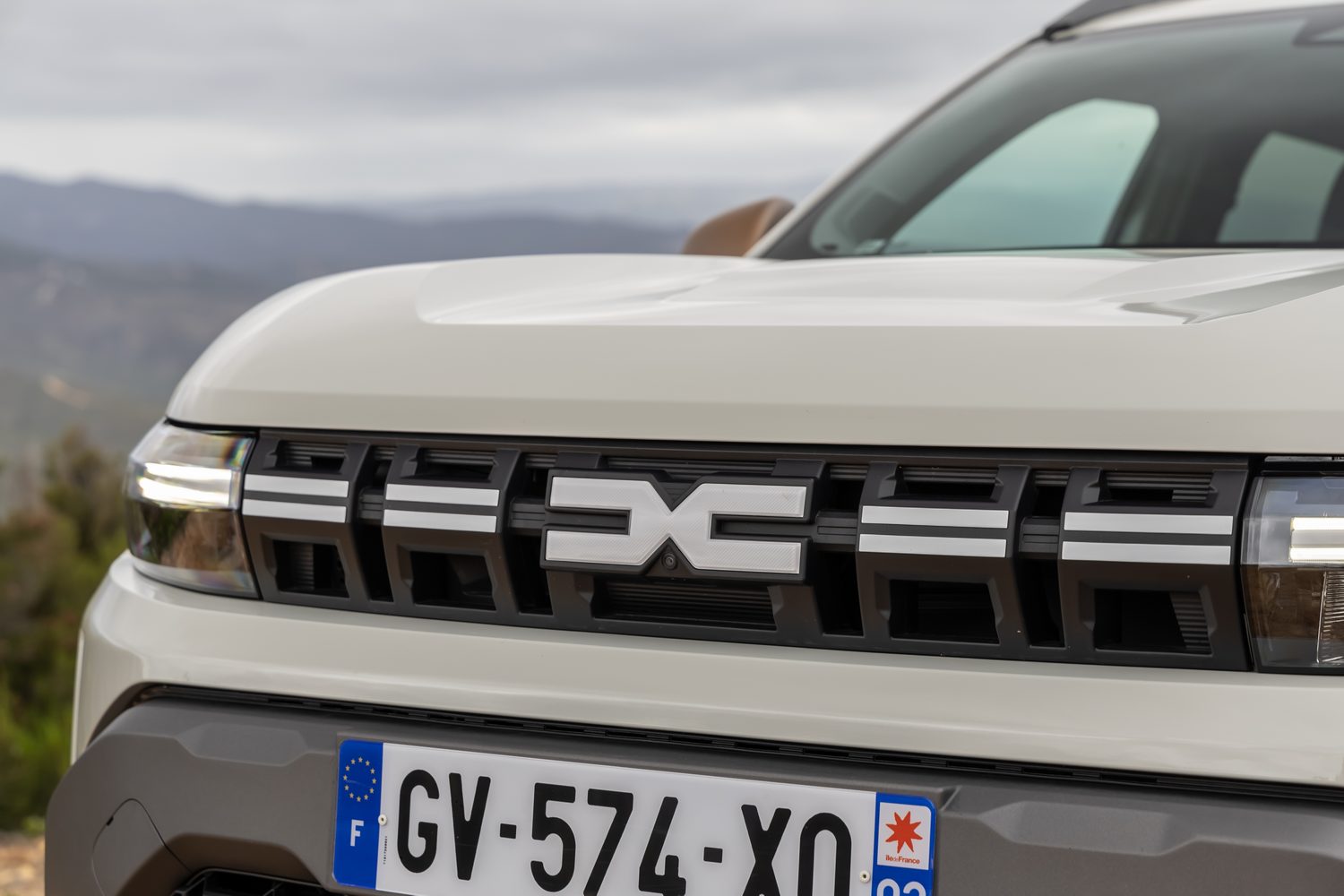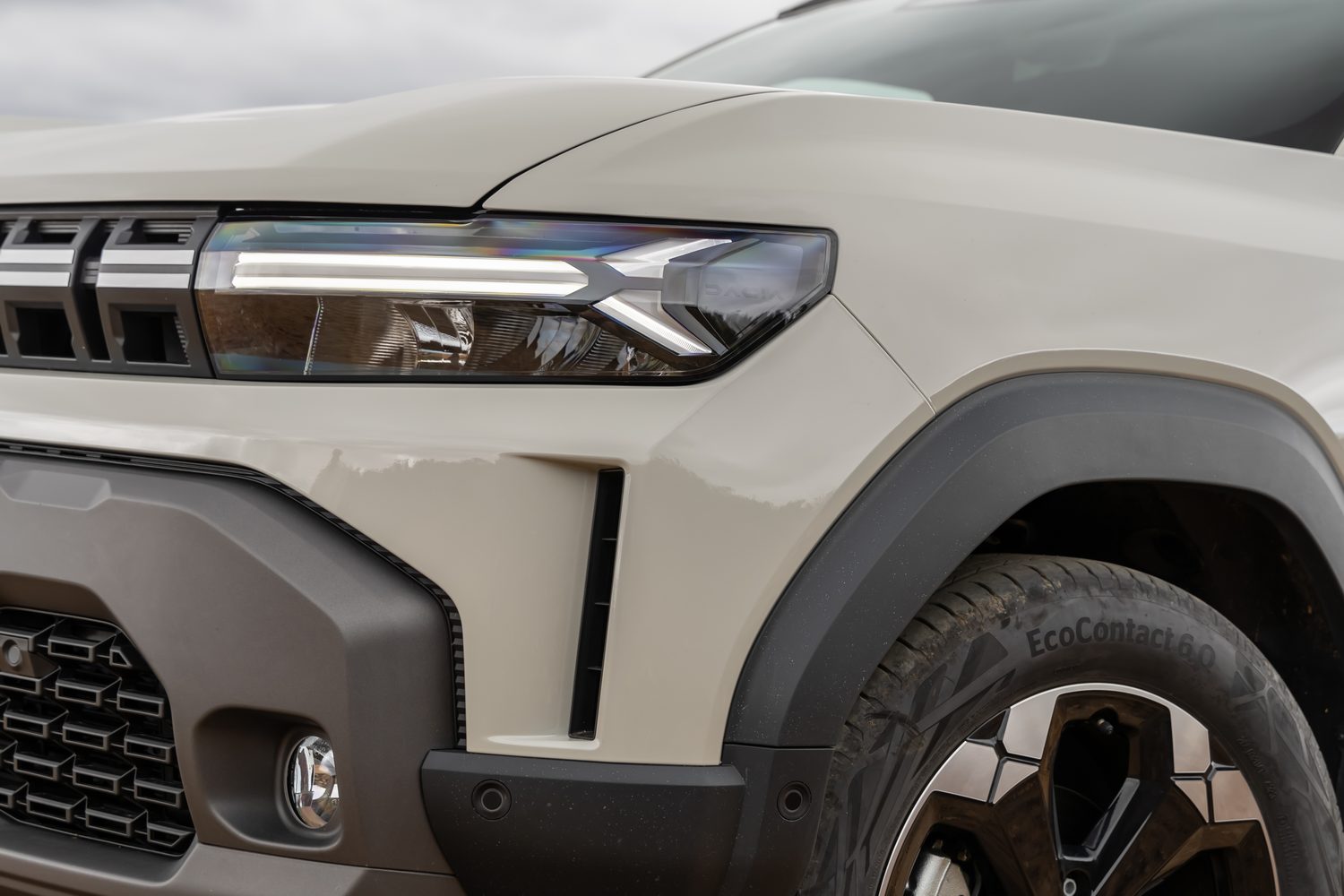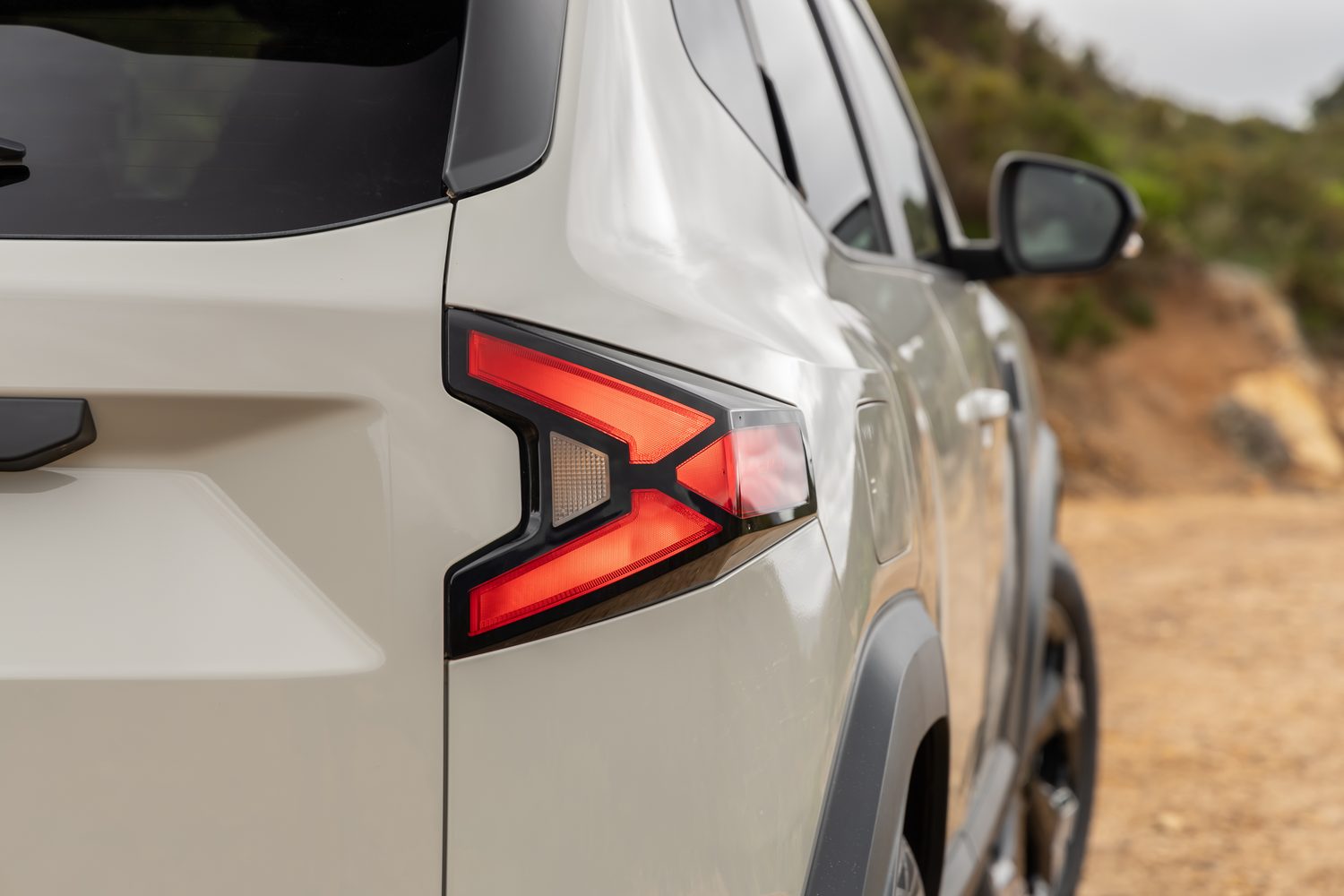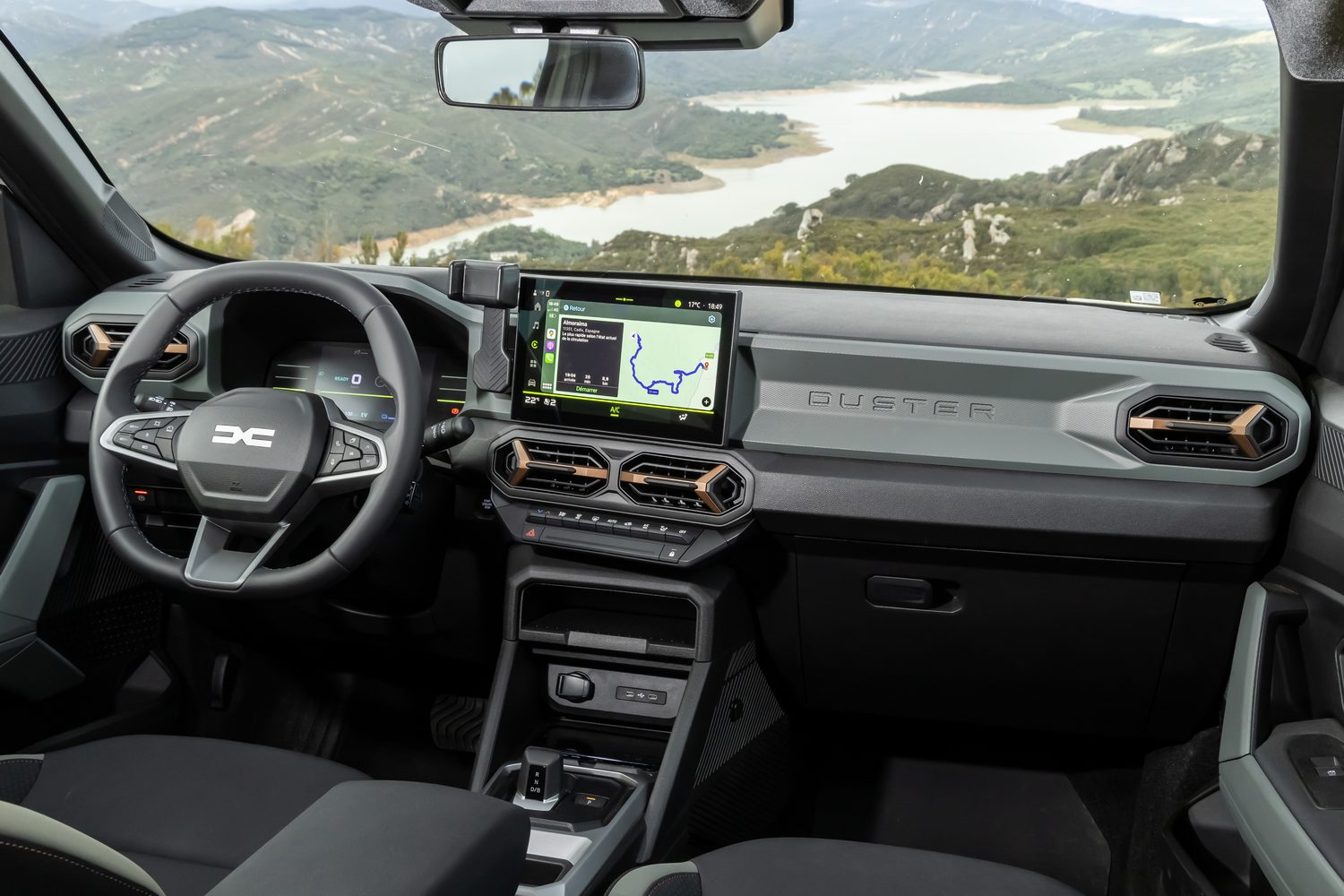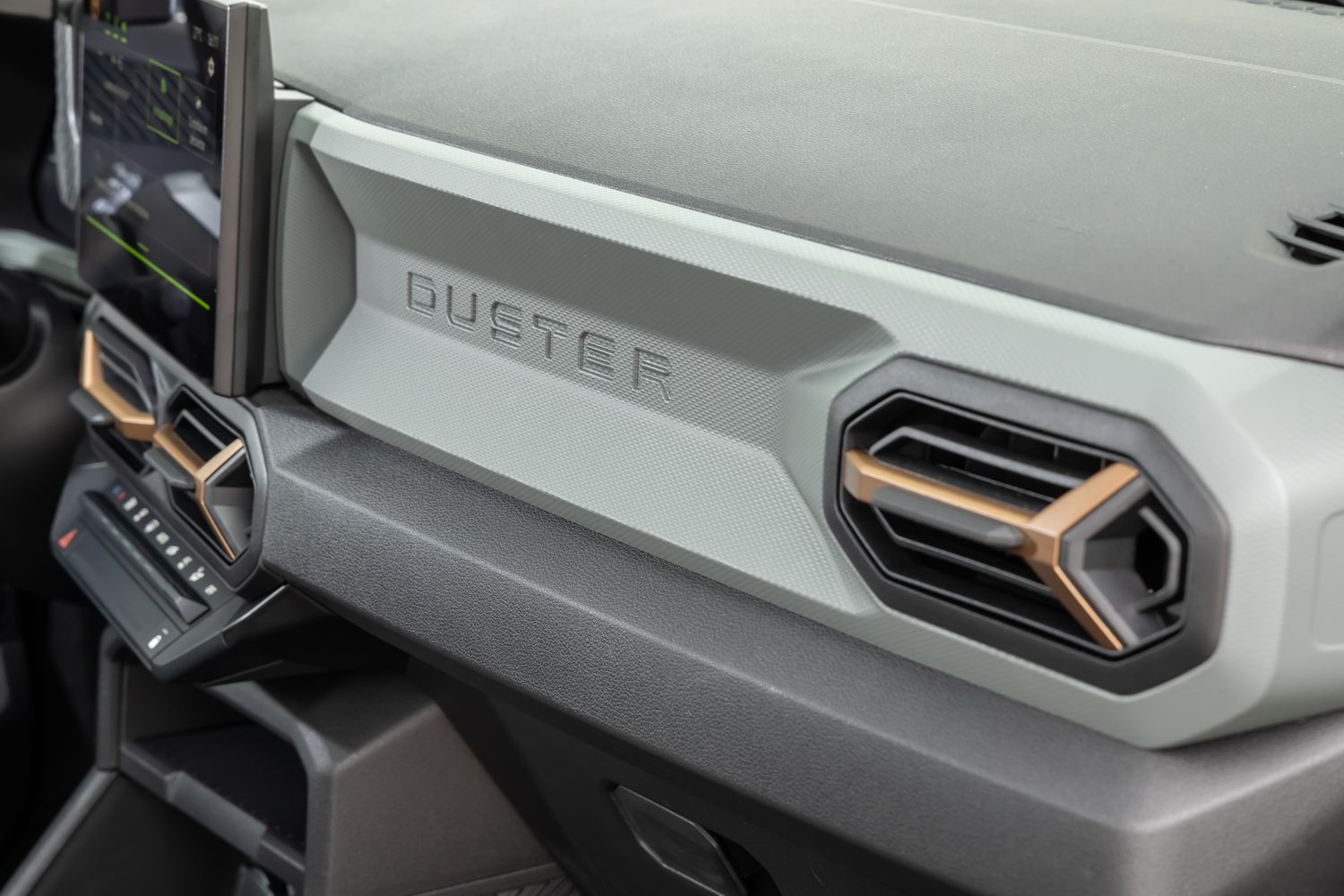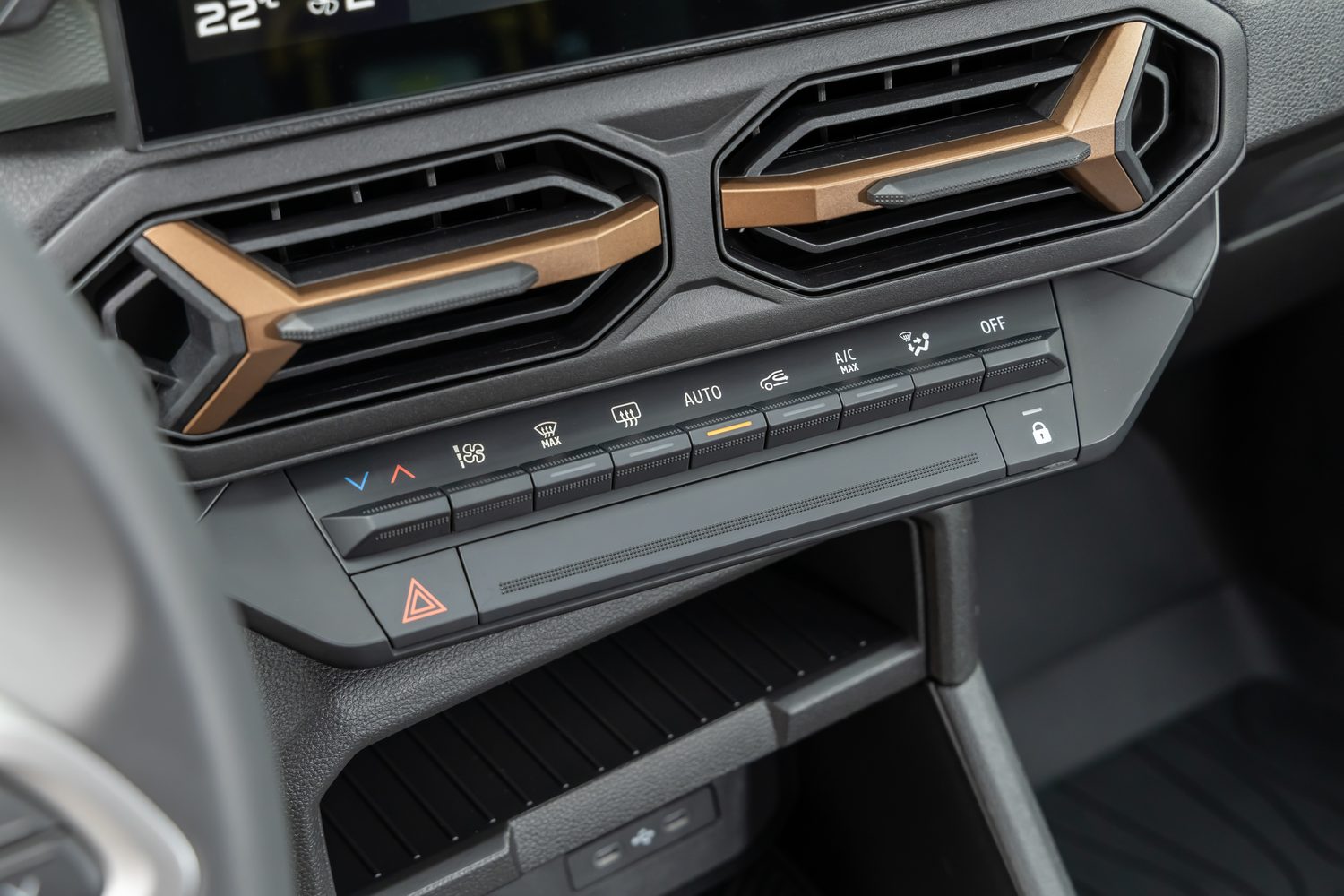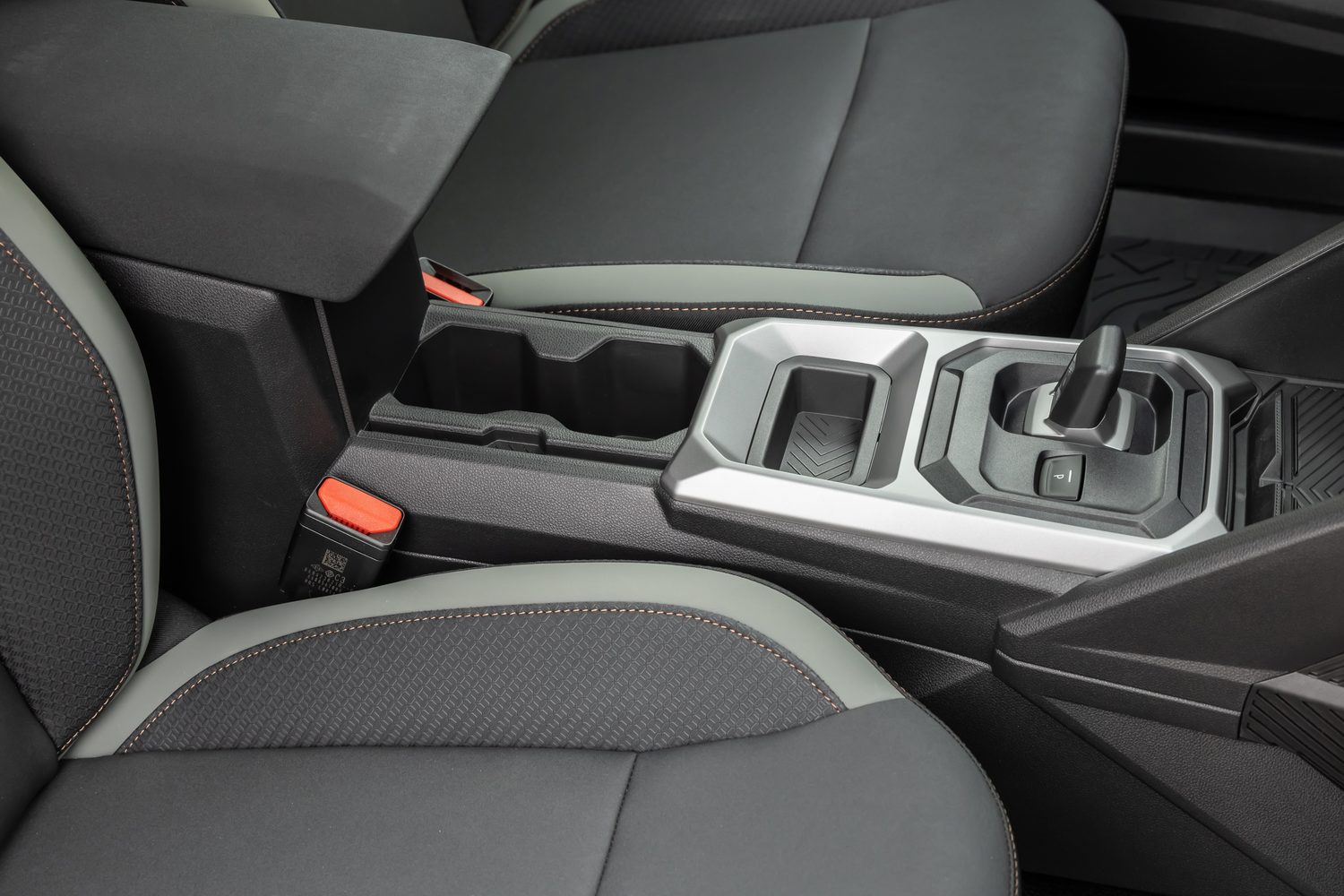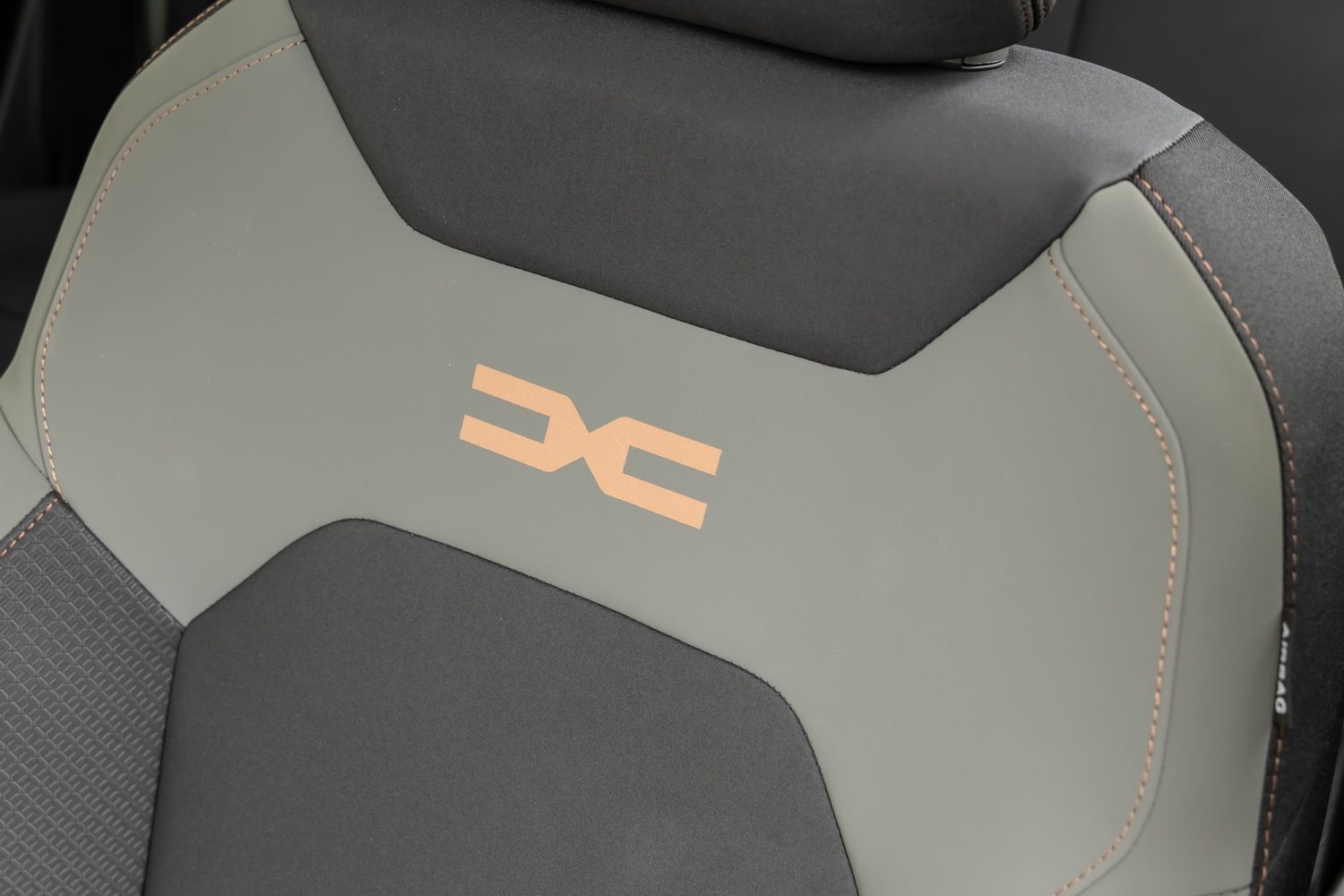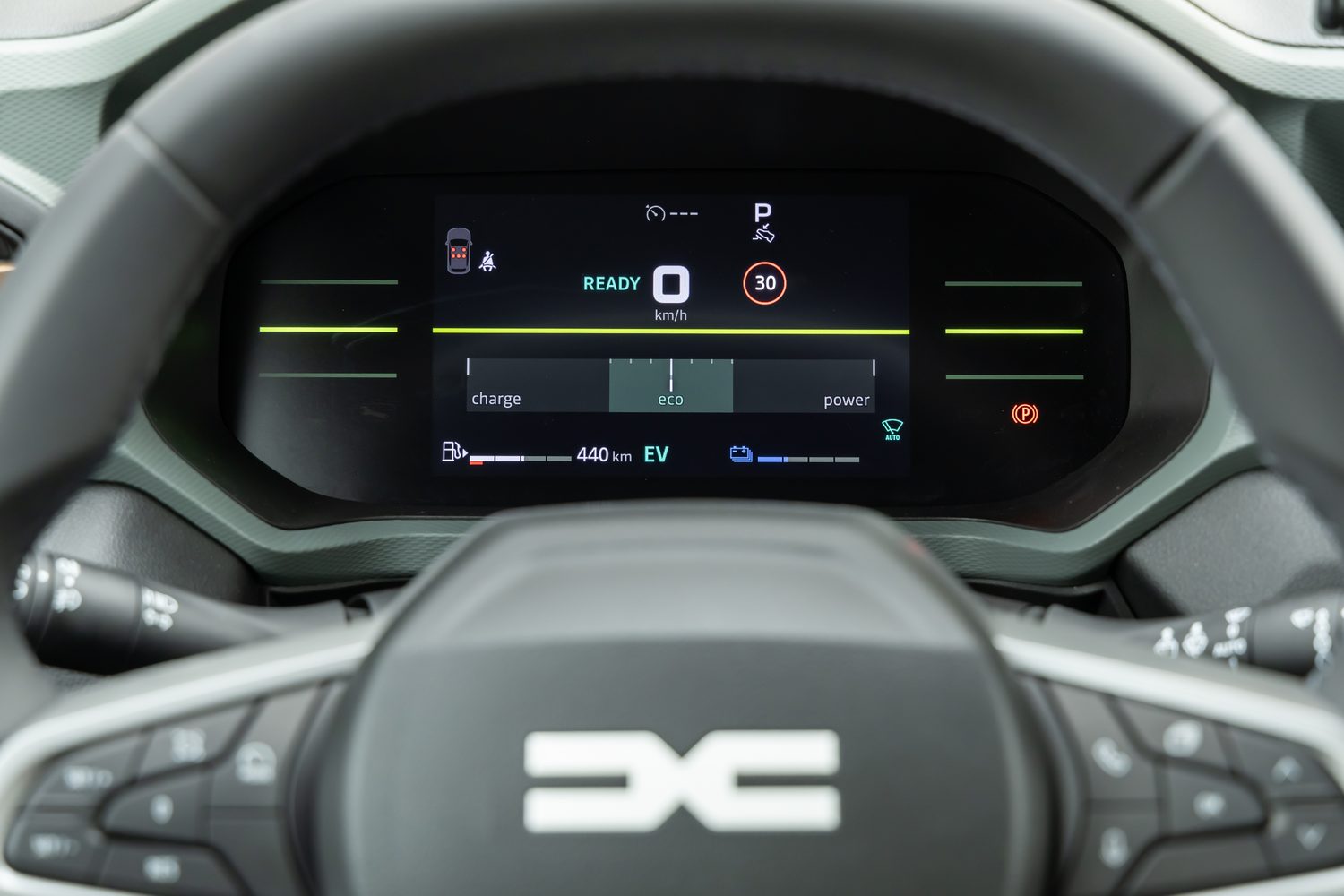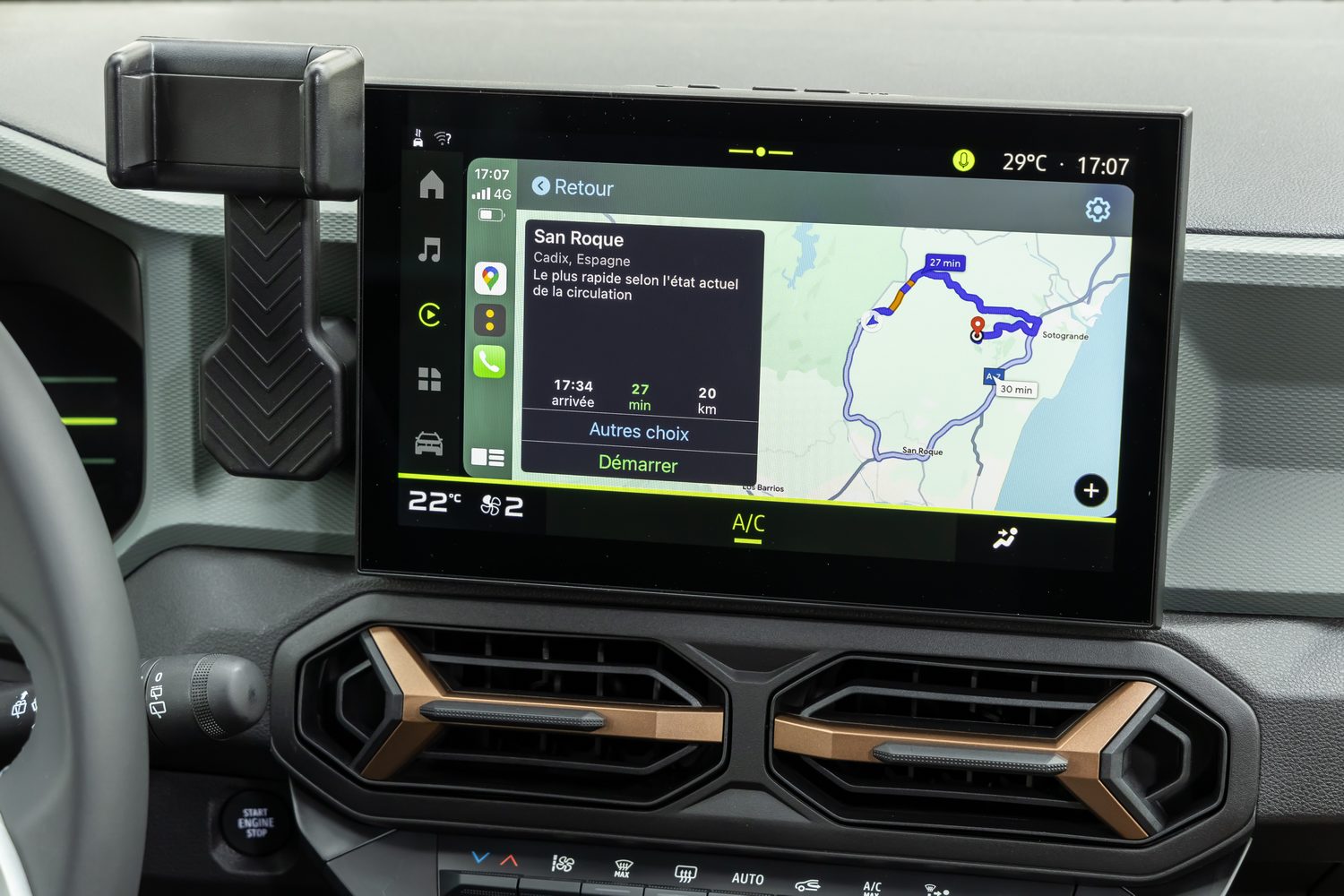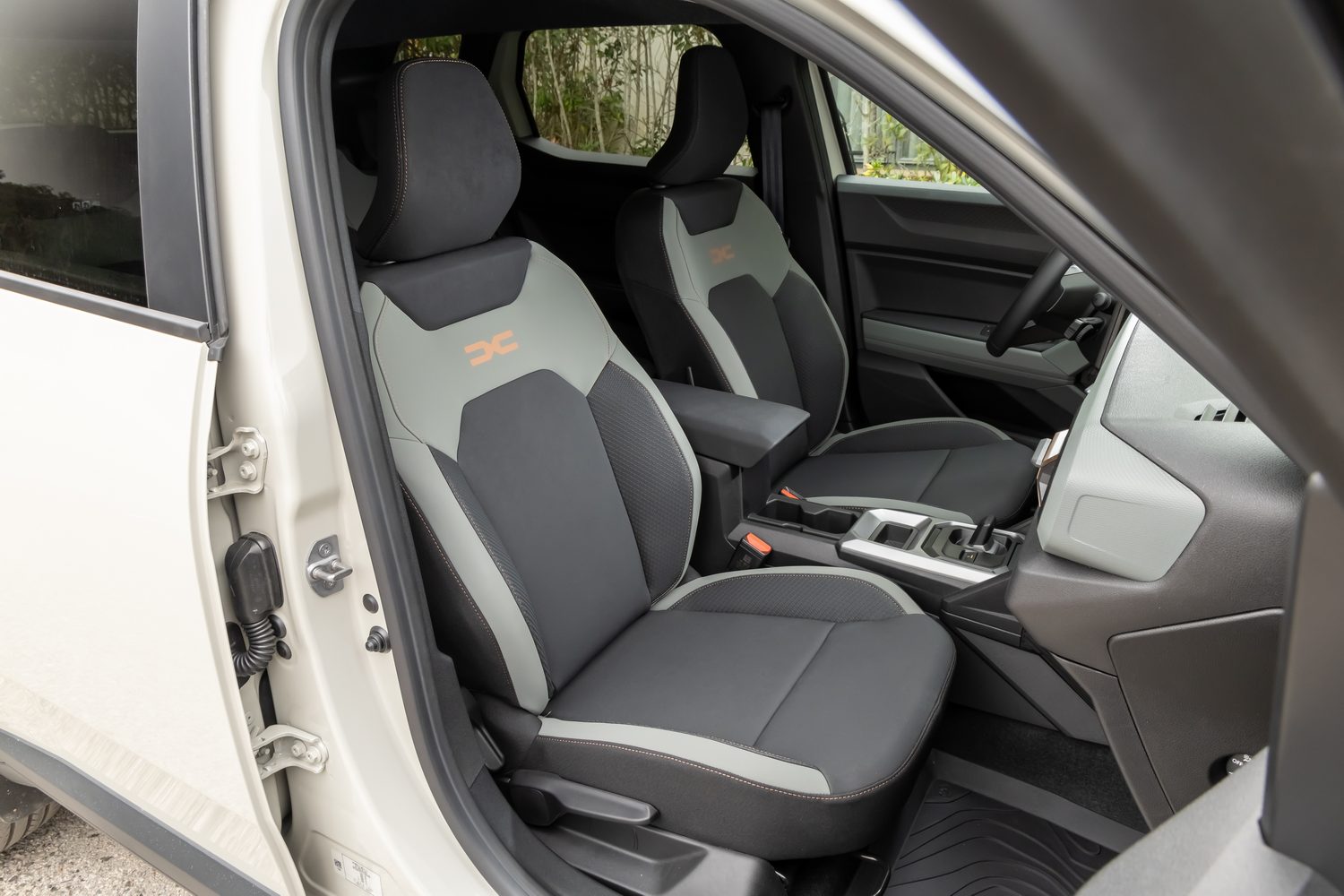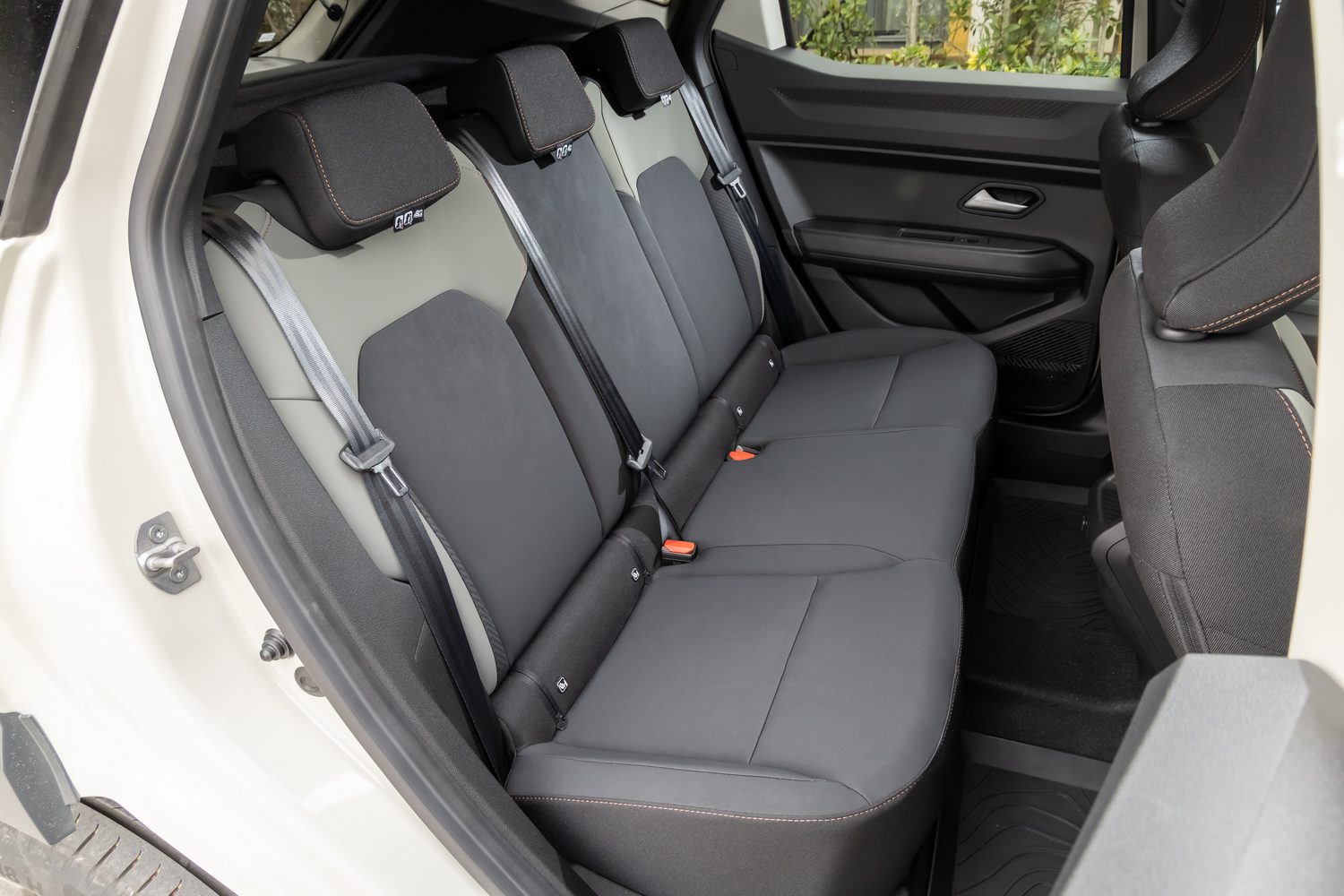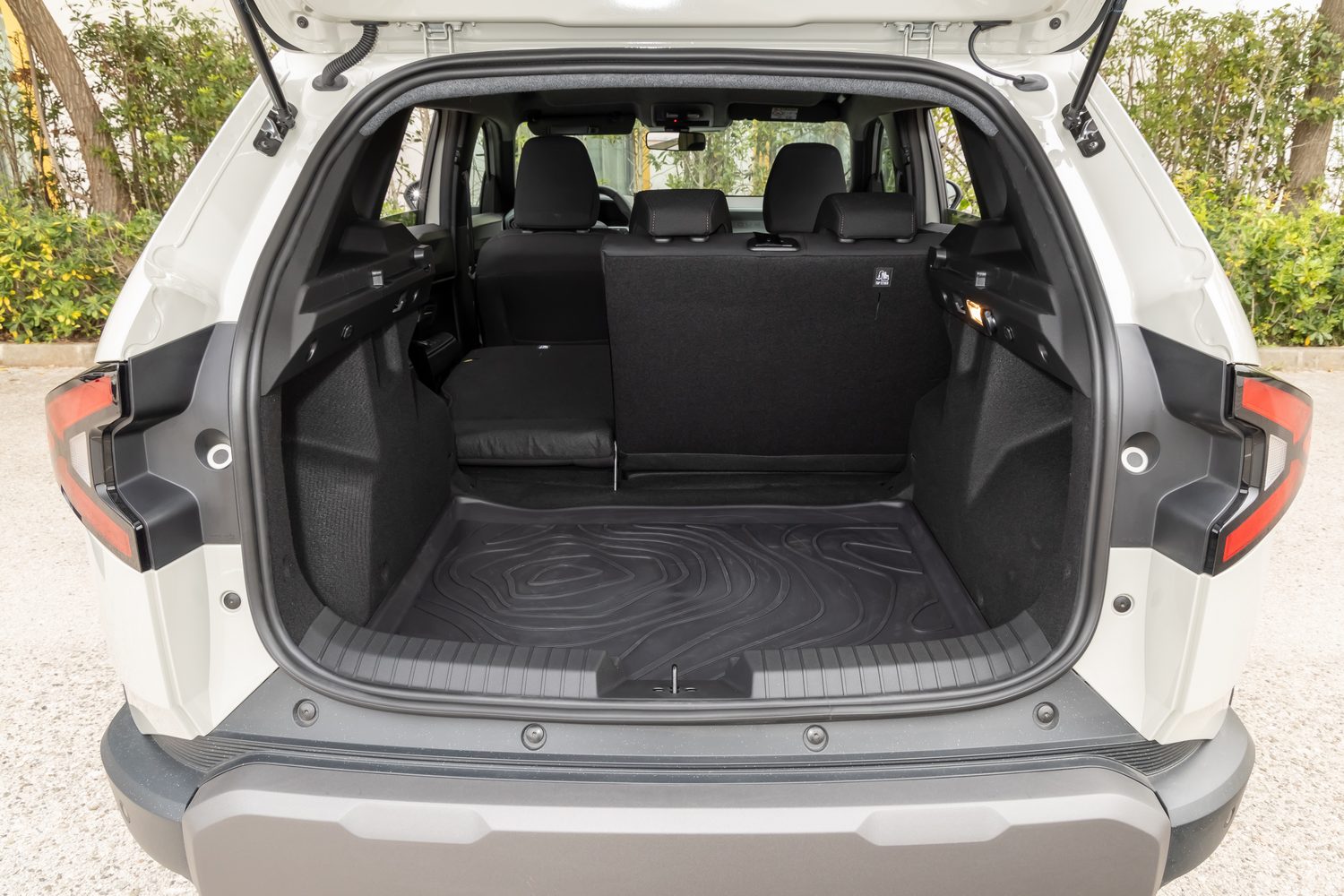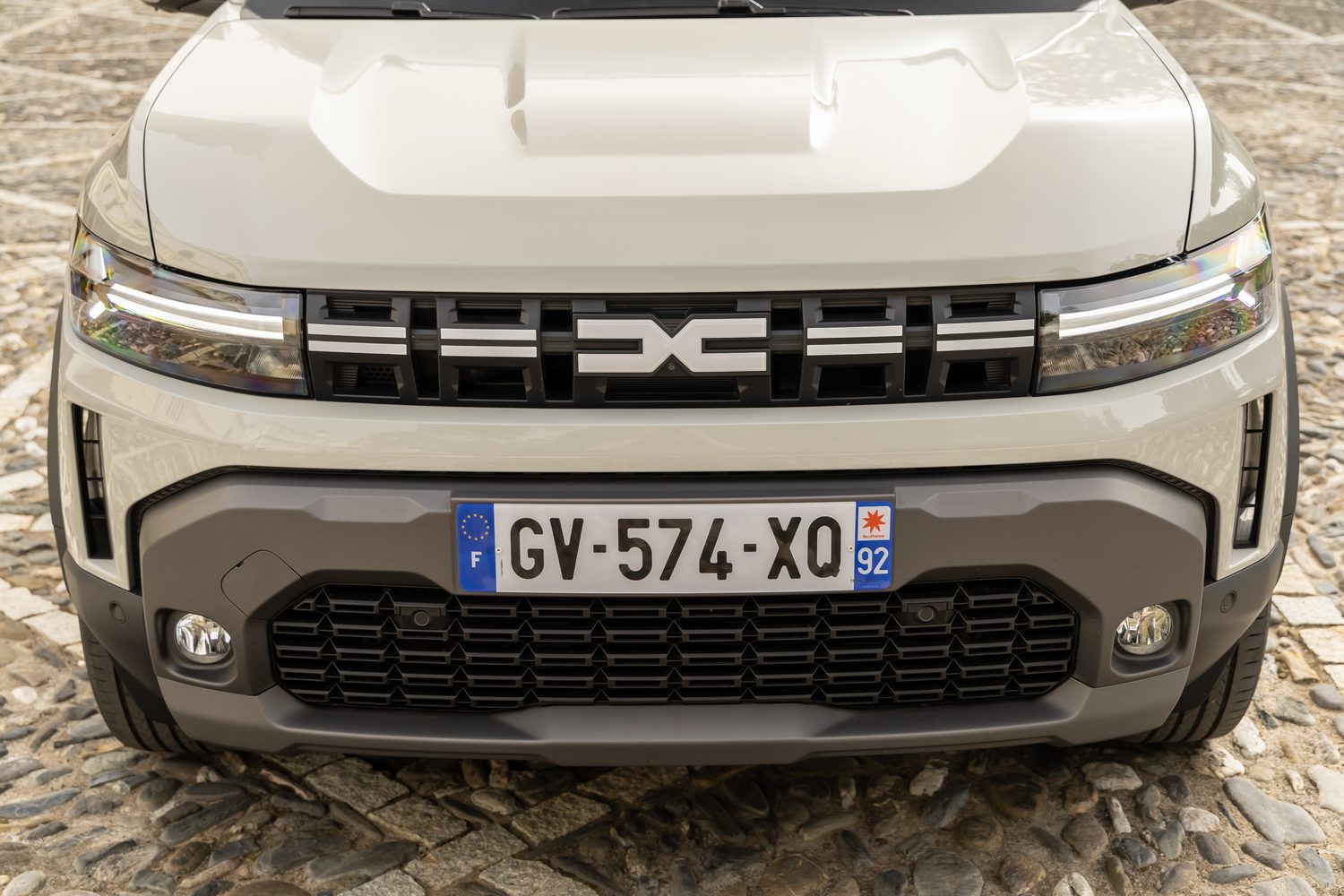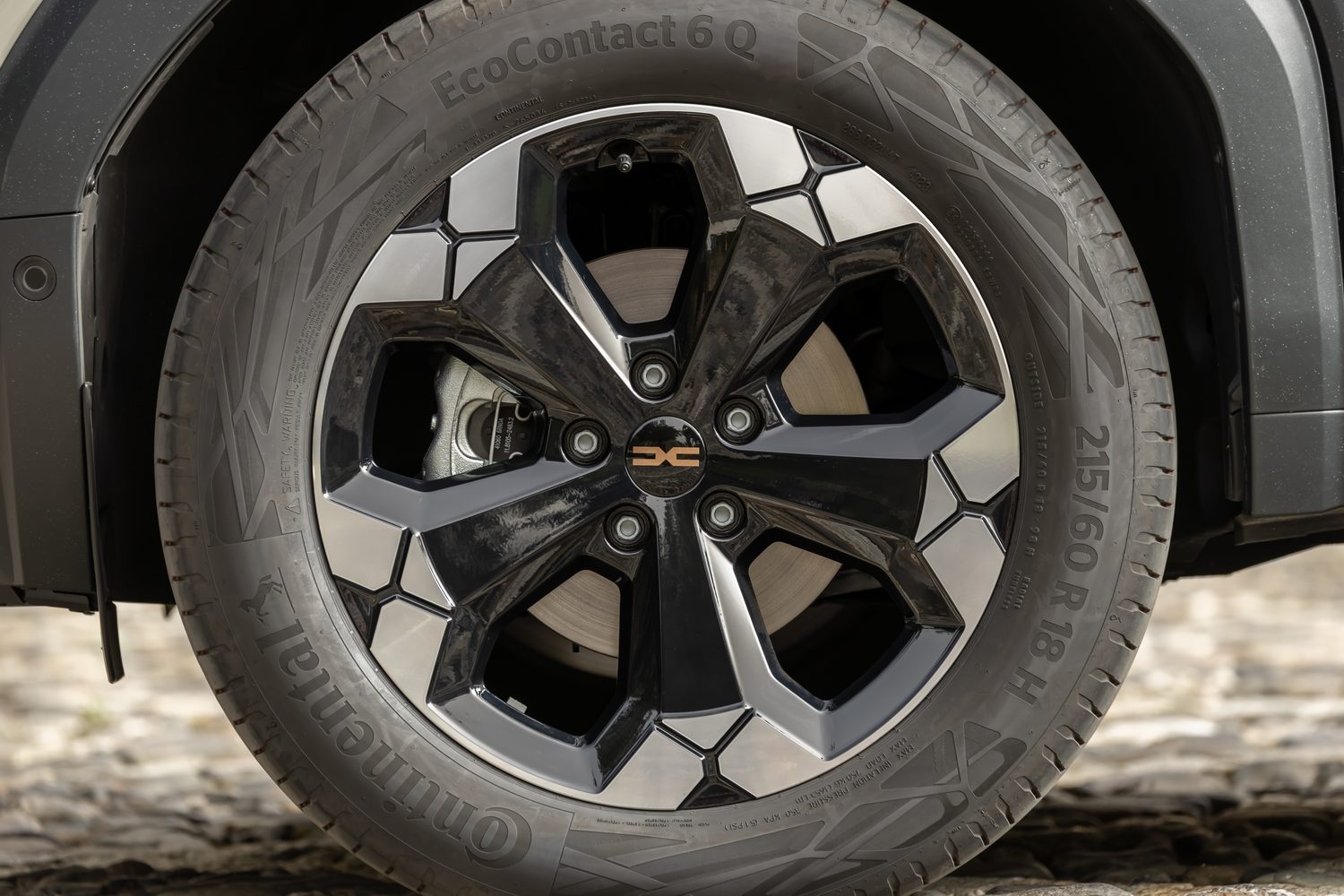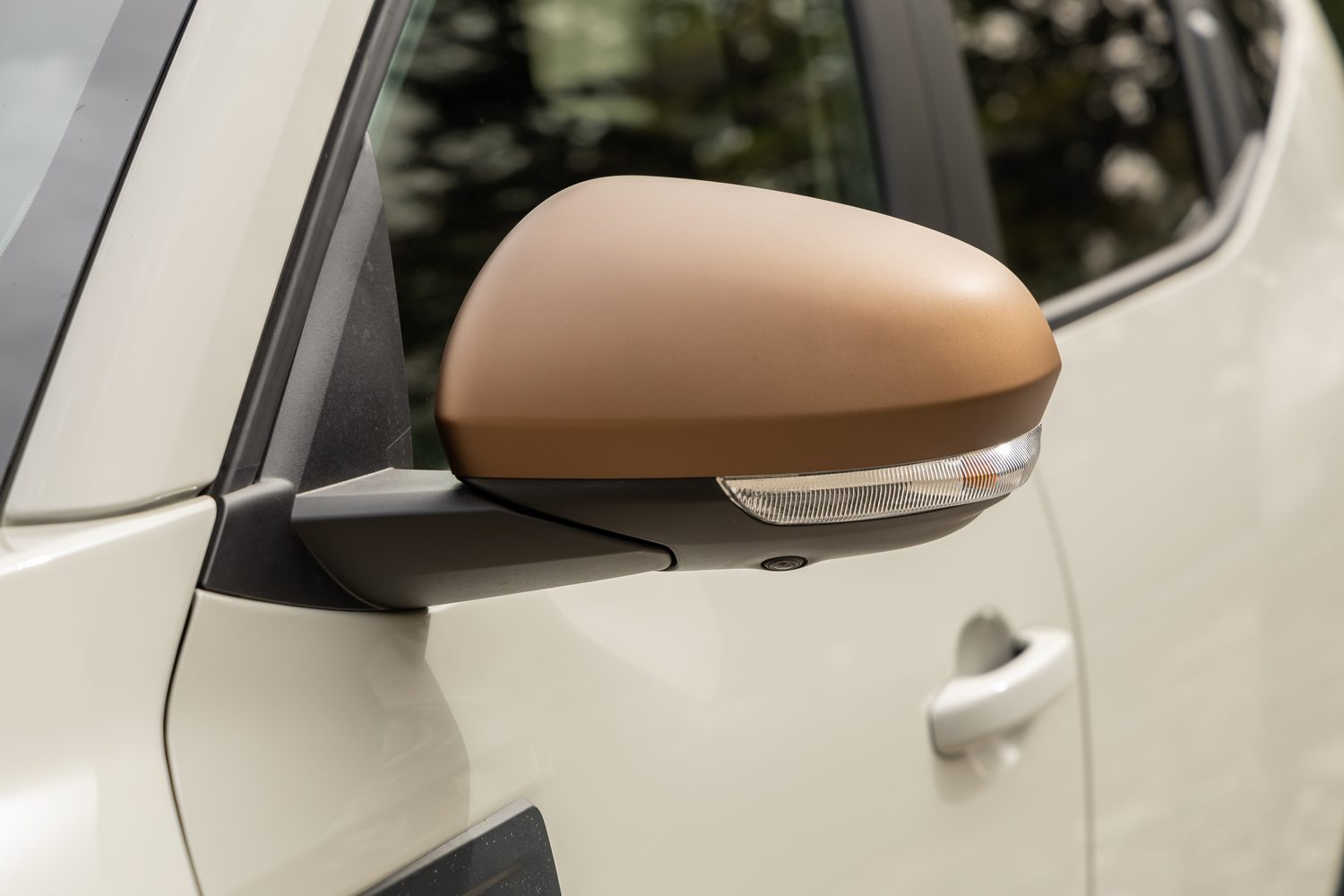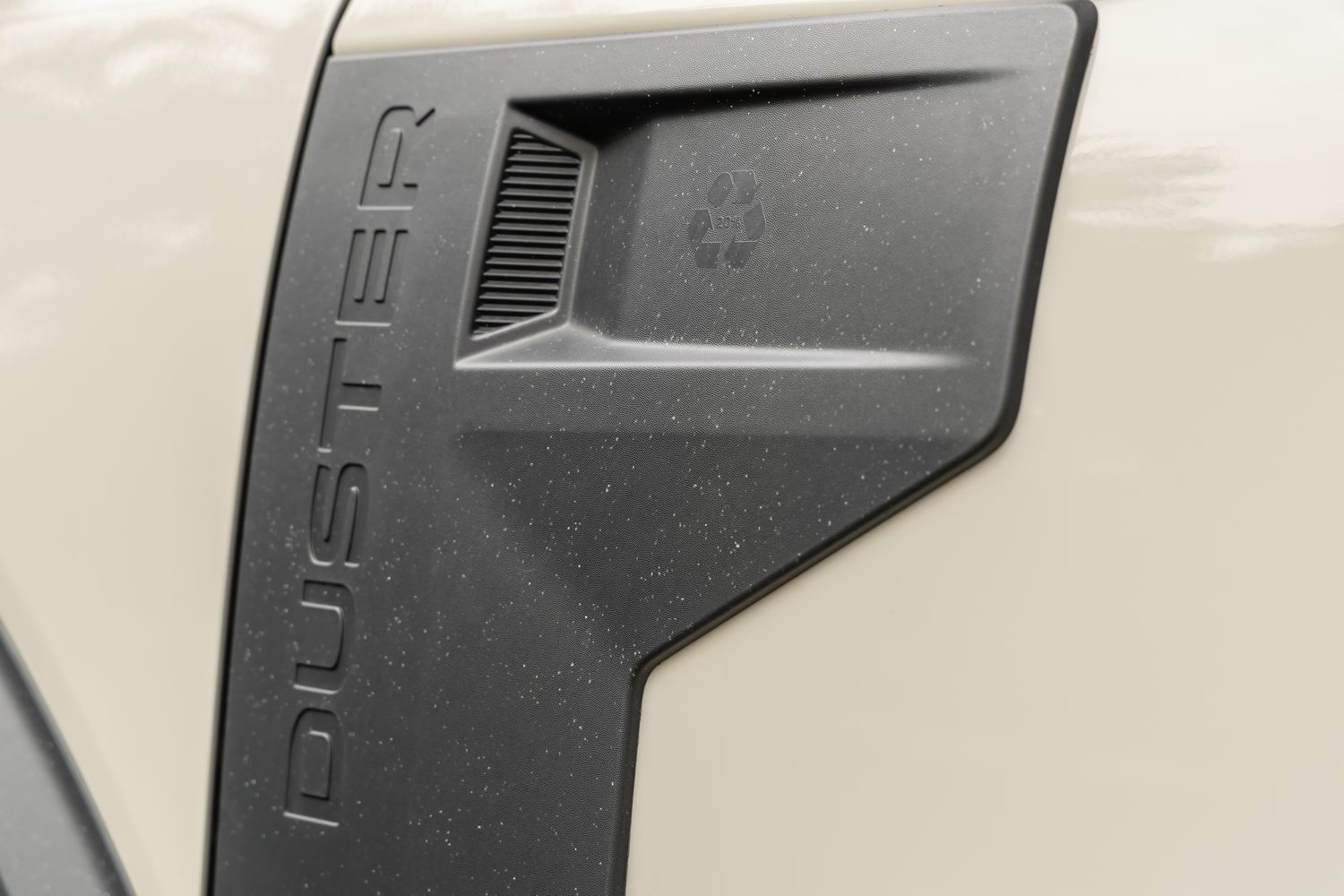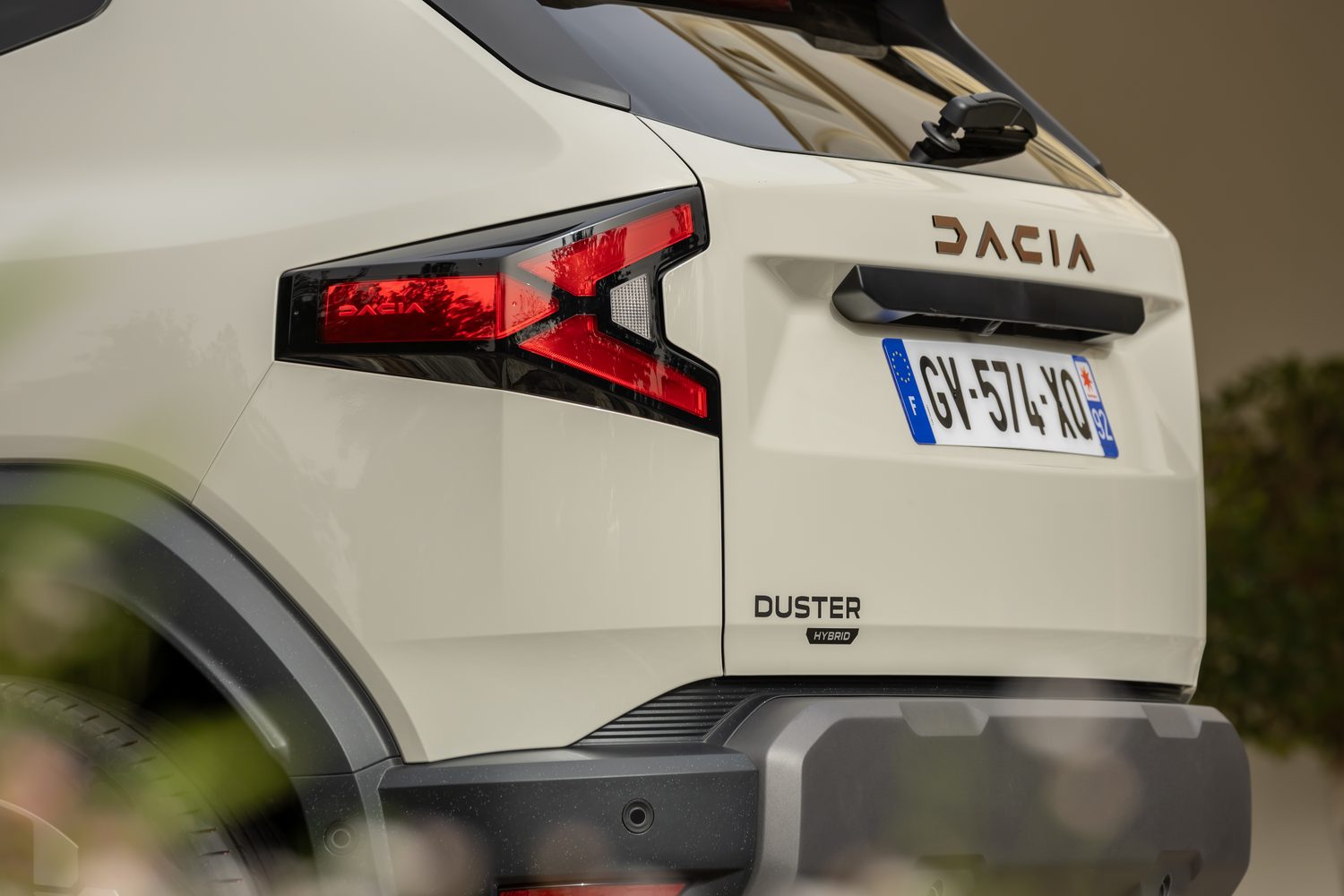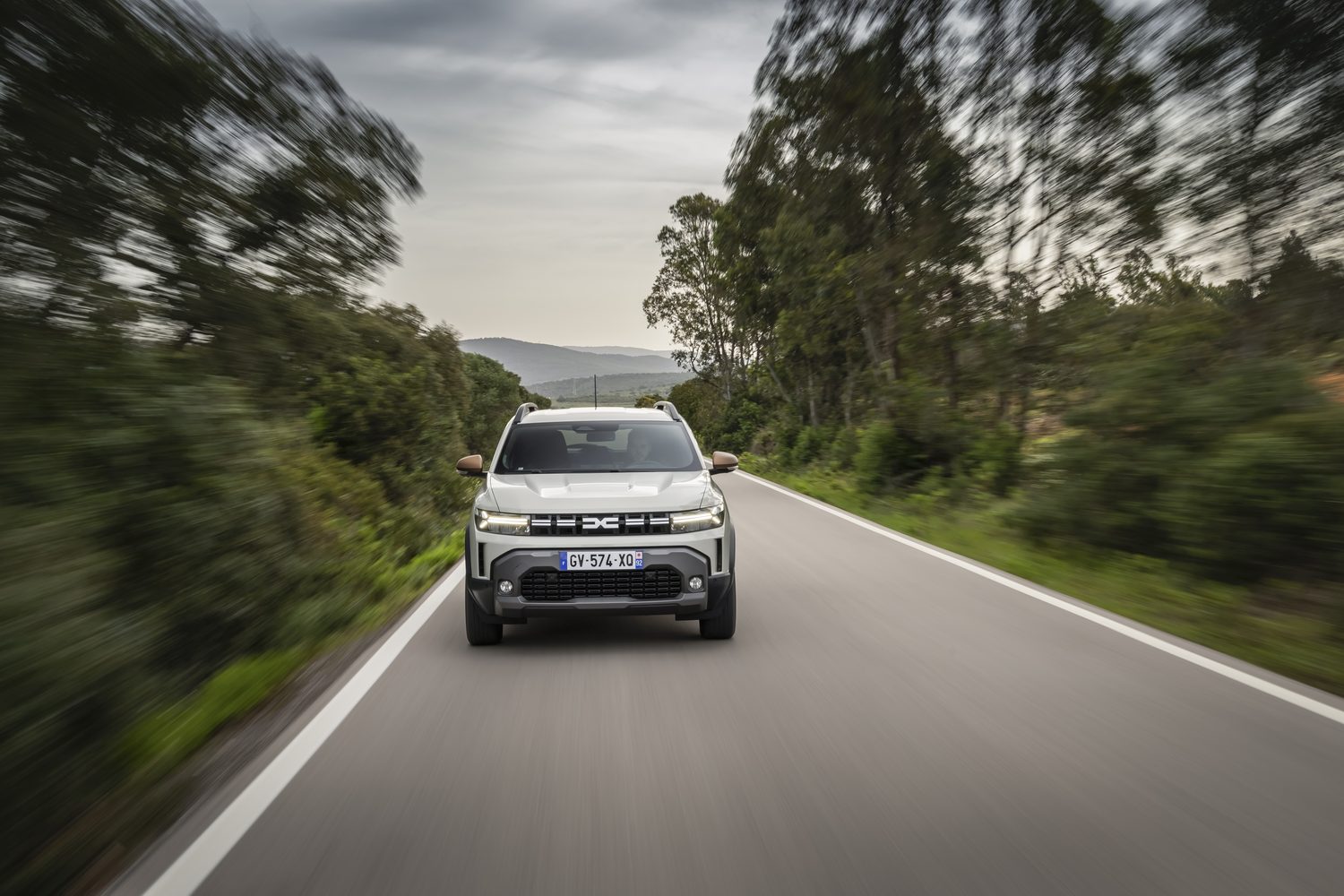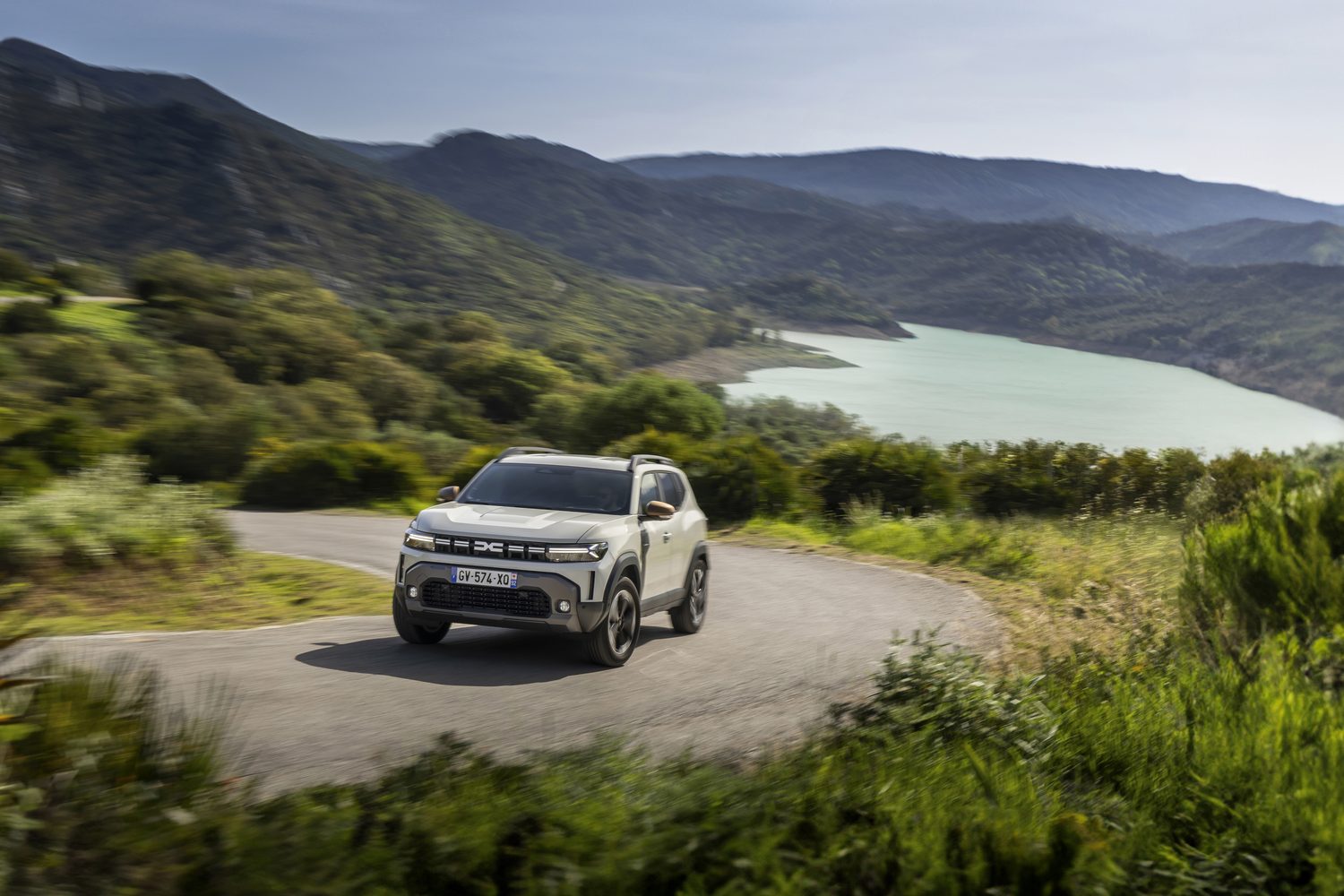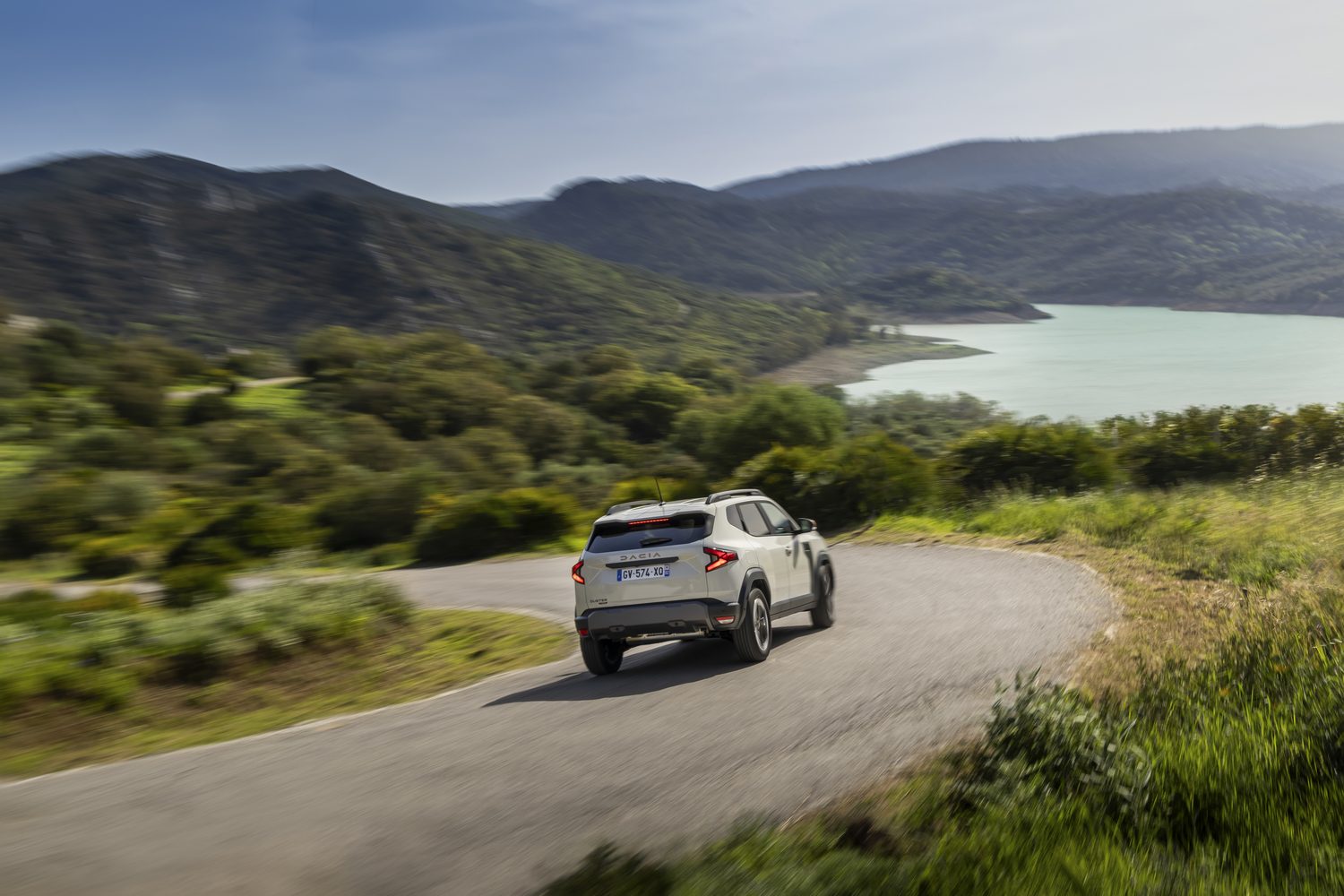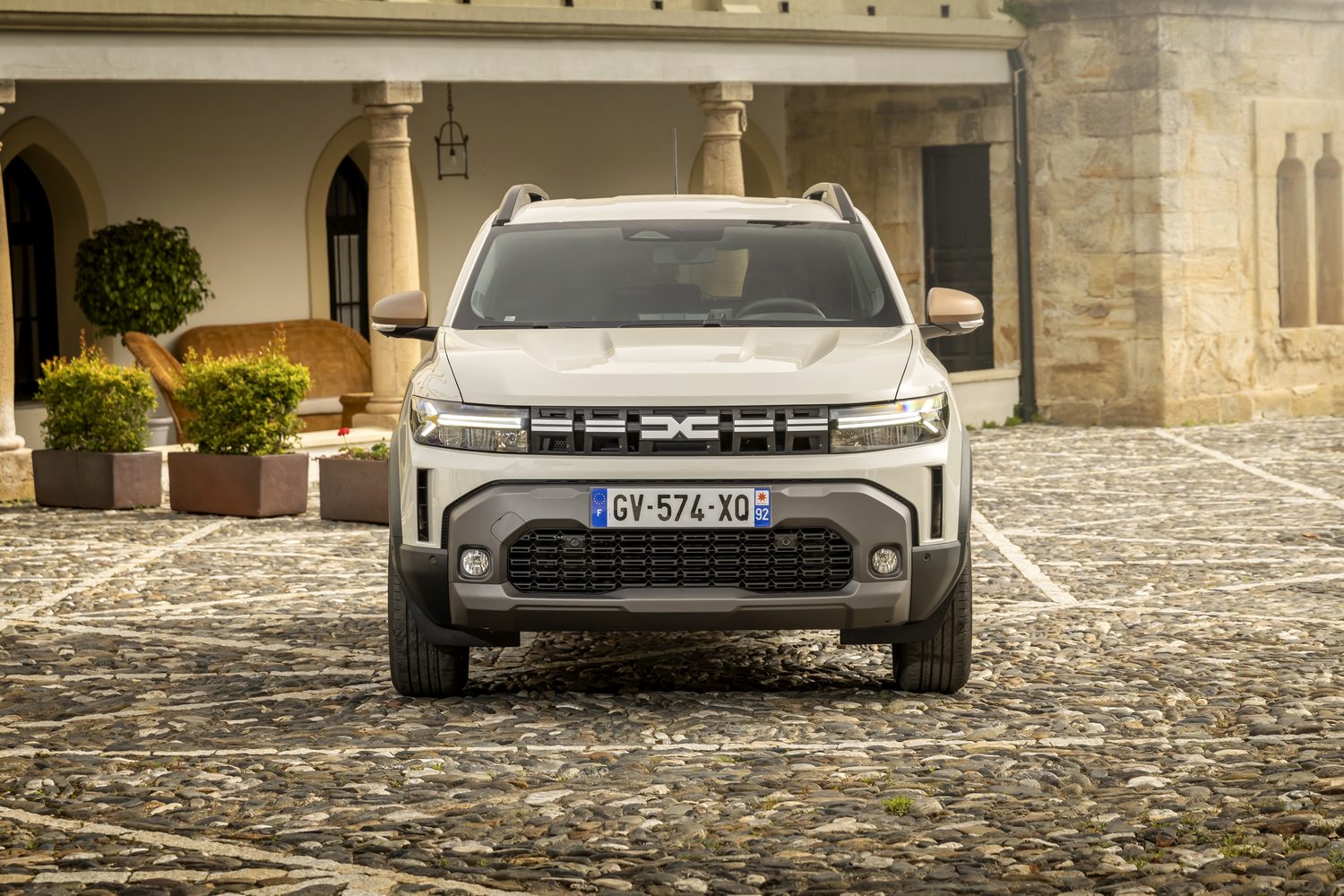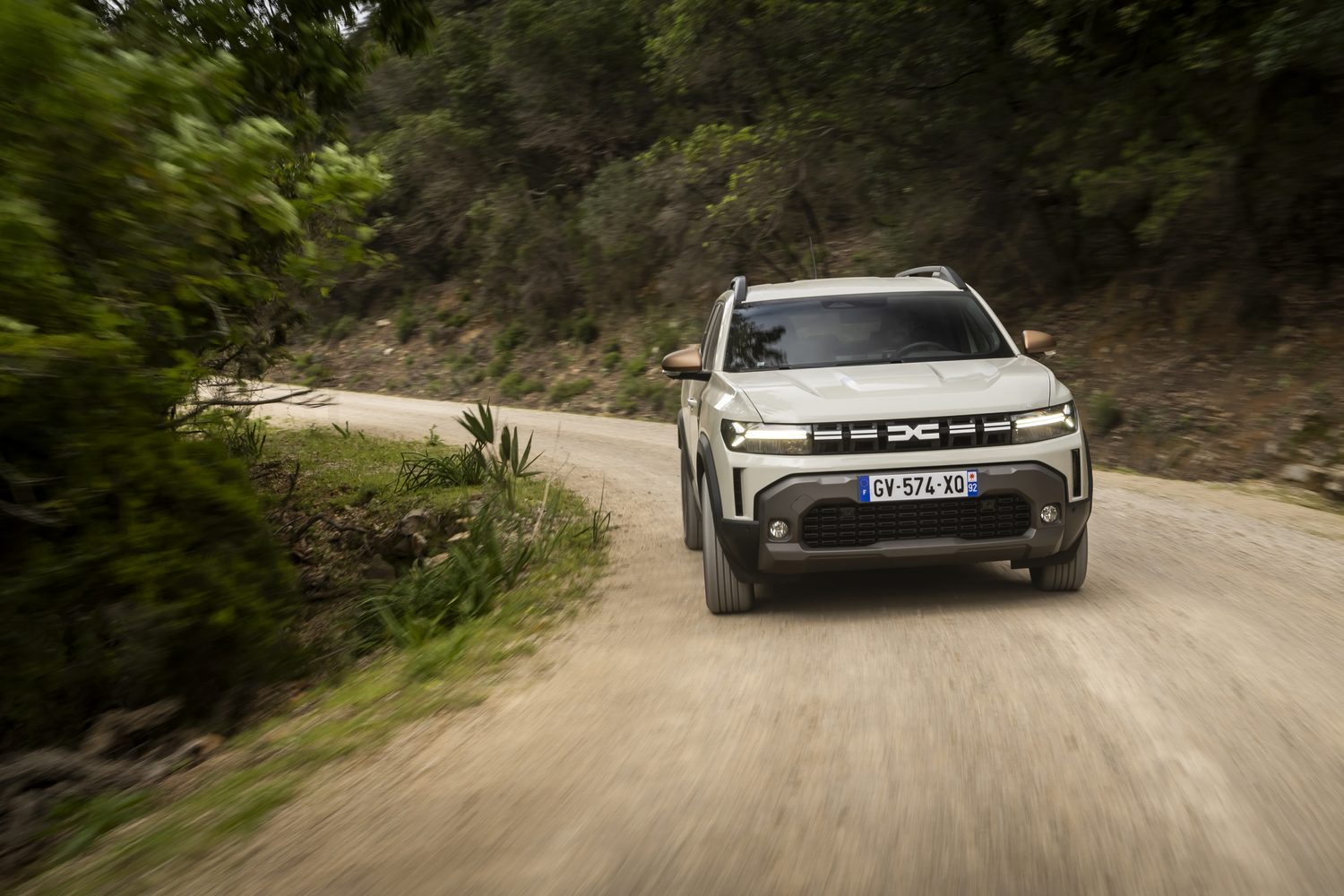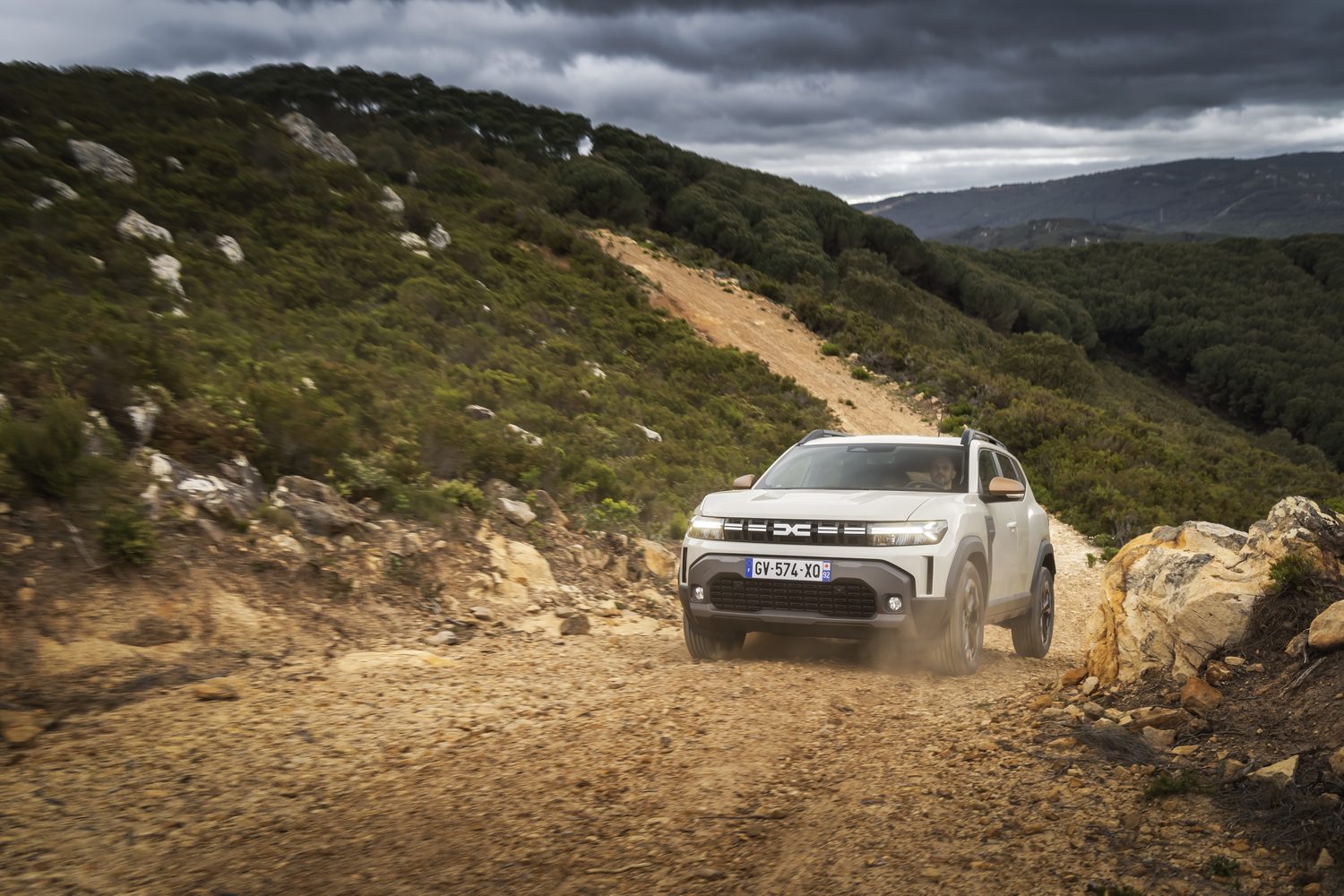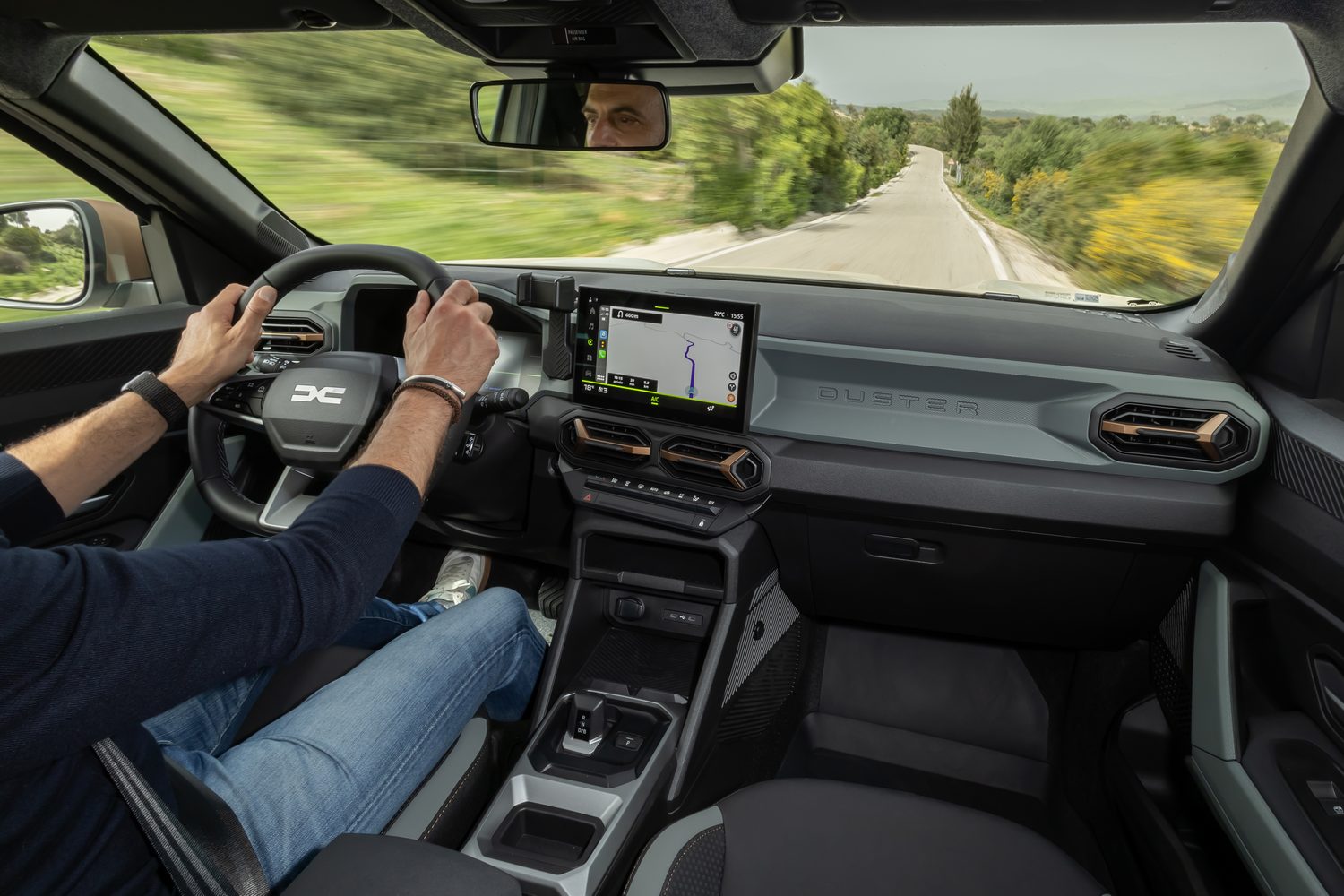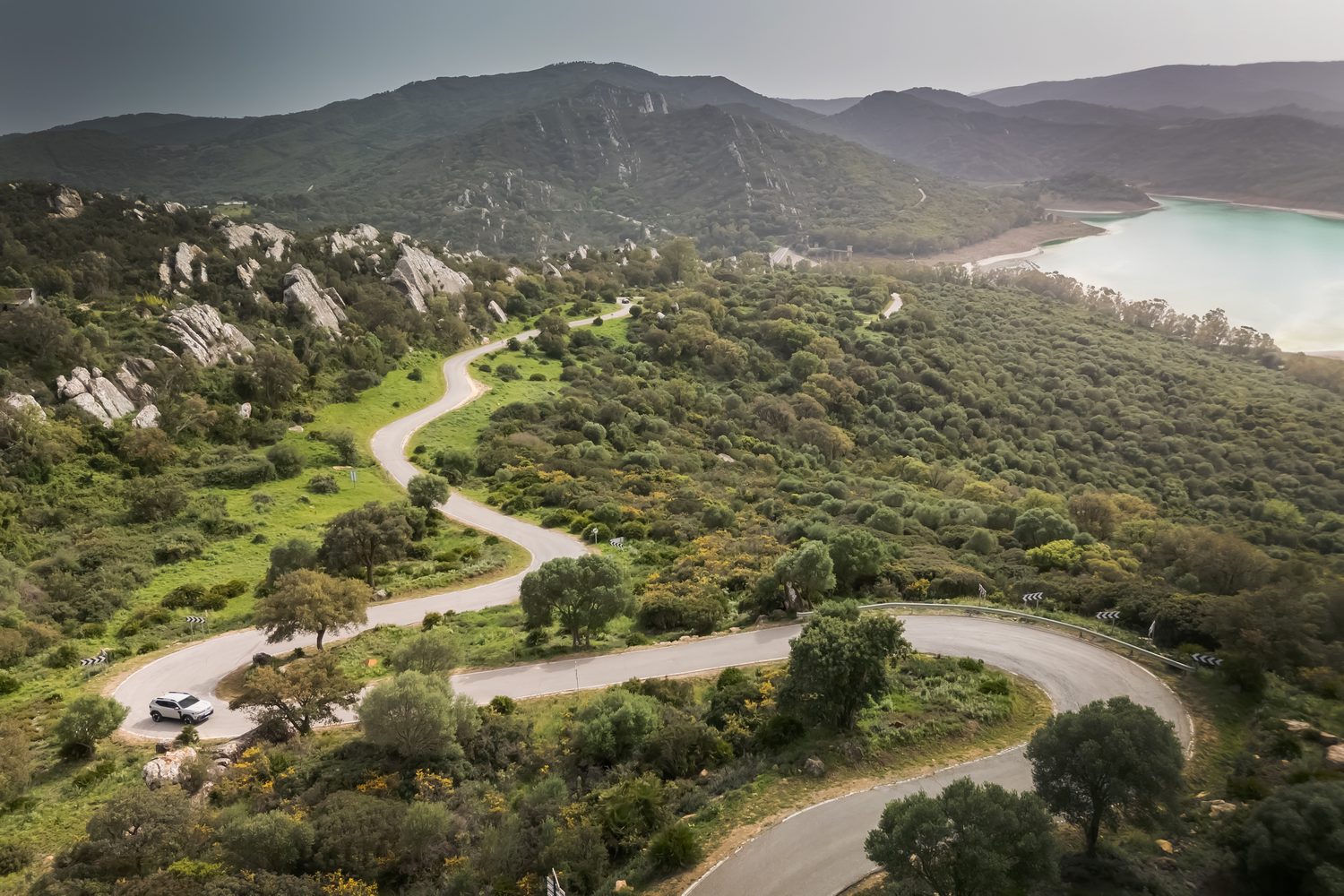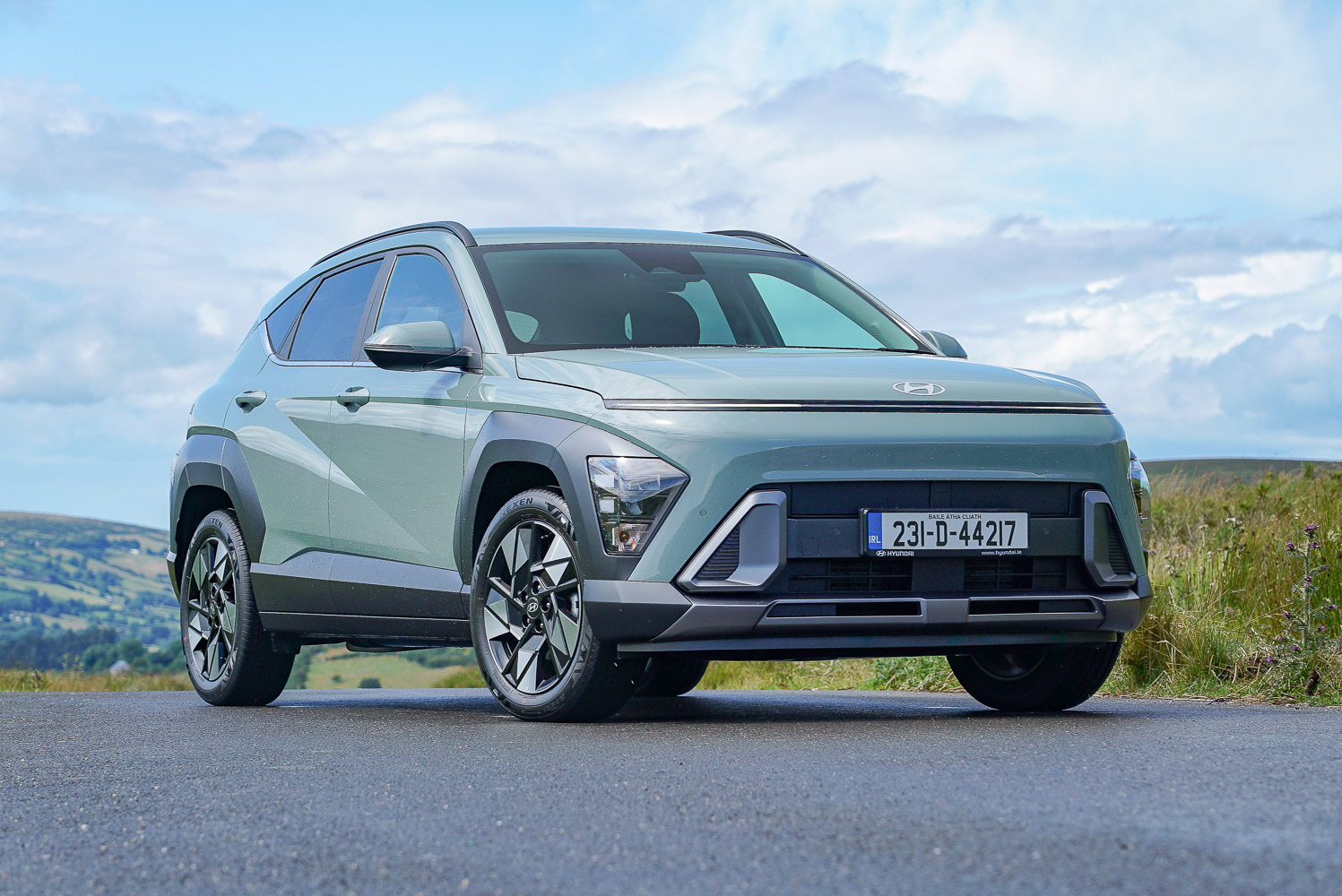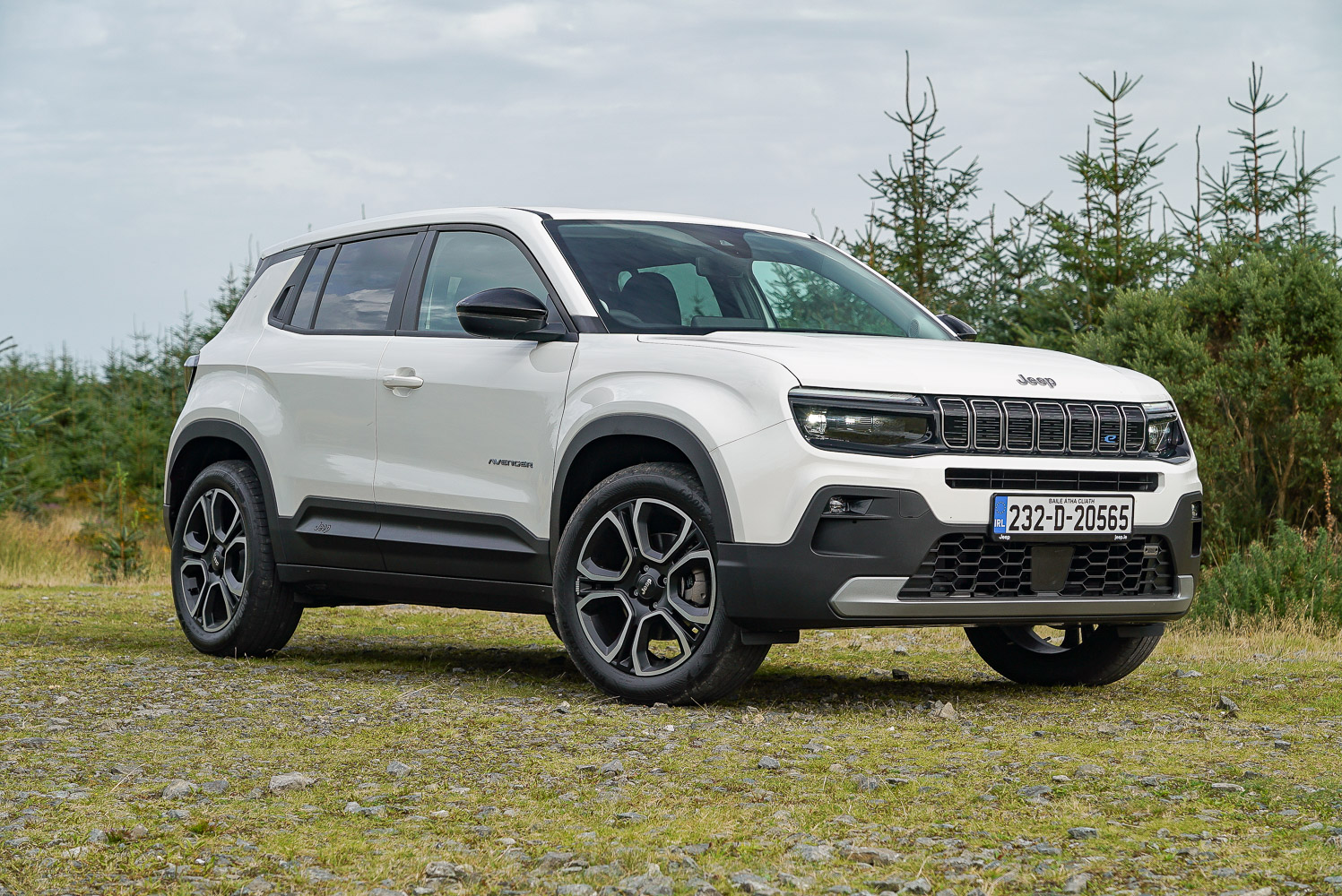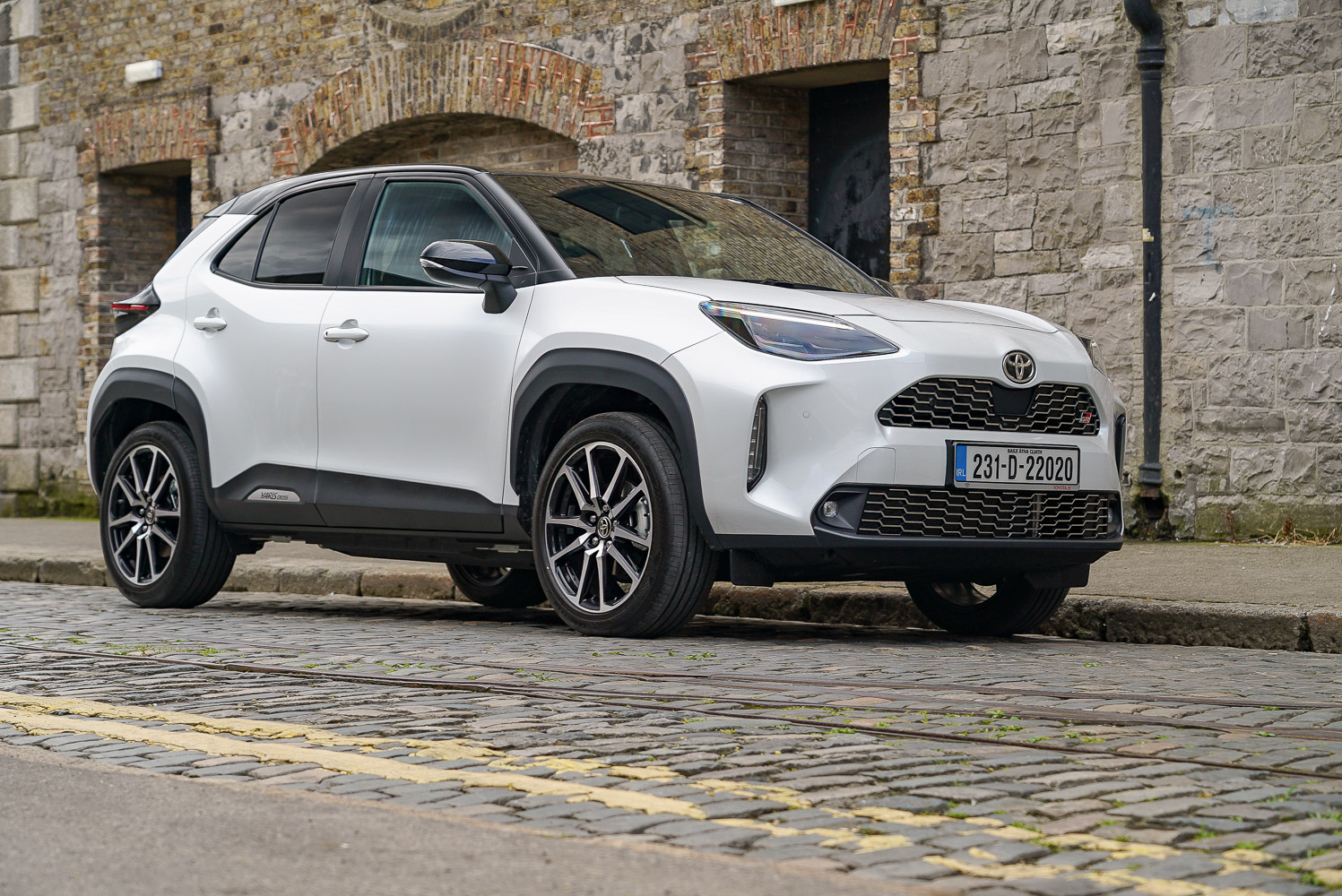Following its introduction in 2010, the Dacia Duster didn’t take long to become a household name. The small SUV’s no-frills approach quickly made it a hit with buyers, and in the intervening years, it has matured into an SUV with a few more creature comforts while maintaining its value-based proposition. Now, there’s an all-new third-generation version on the way that looks better than ever and, for the first time, is available with an electrified powertrain.
In the metal
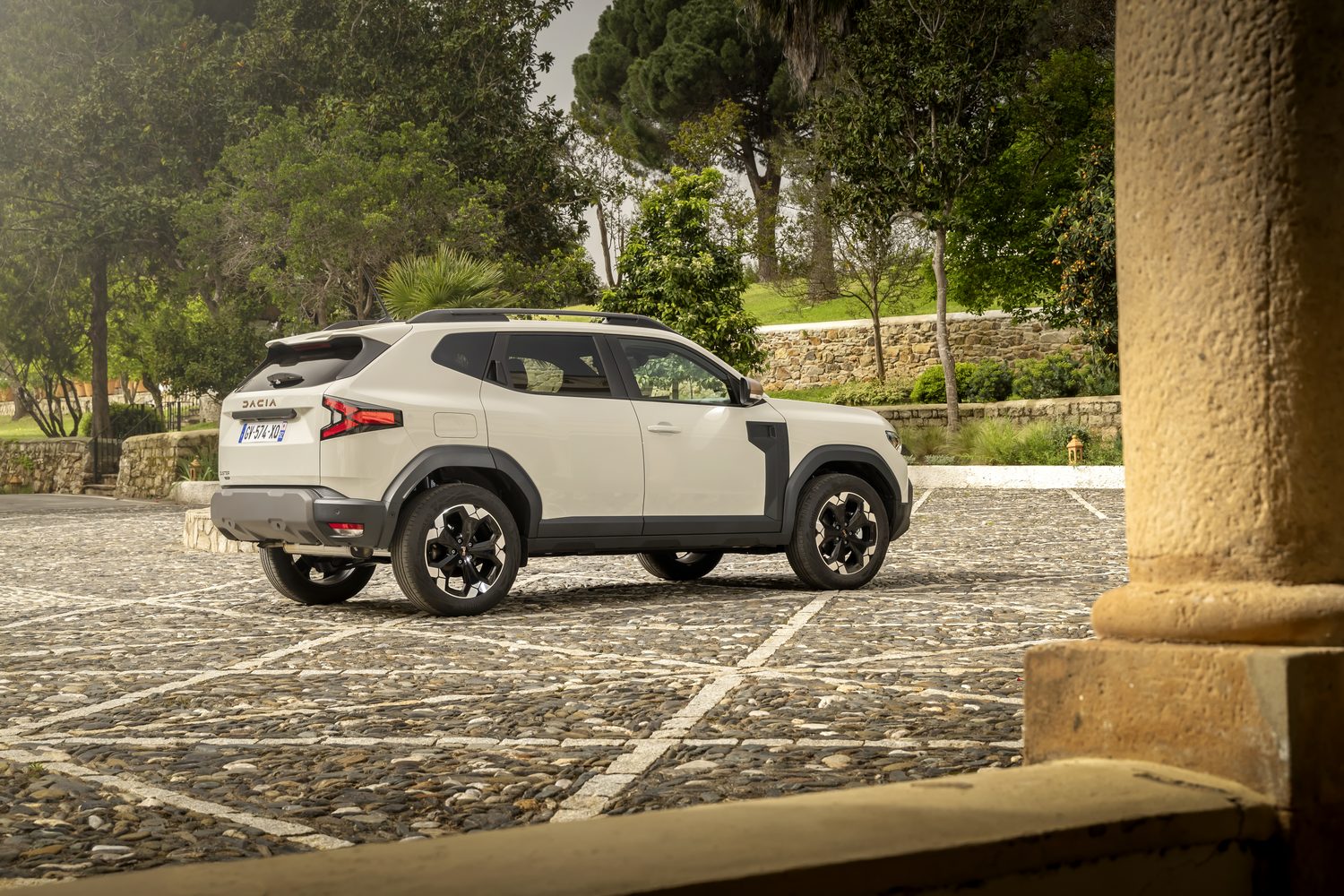
Over the last couple of years, the design department in Dacia has notably upped its game. The Sandero is handsome despite its position in the market, while the Jogger strikes a happy blend between form and function.
With the Duster, this approach has been taken a step further as it ticks all the boxes many buyers expect from a rugged-looking SUV. It’s most obviously different to the previous model at the front, as the new car adopts a more horizontal form that neatly ties in the company’s revamped logo. That extends across the grille and into the LED daytime running lights, while the protruding lower bumper section is finished in a contrasting grey colour. As a further practical measure, that grey colour is injected into the plastic during moulding rather than being applied as paint. So, scratches will be less obvious.
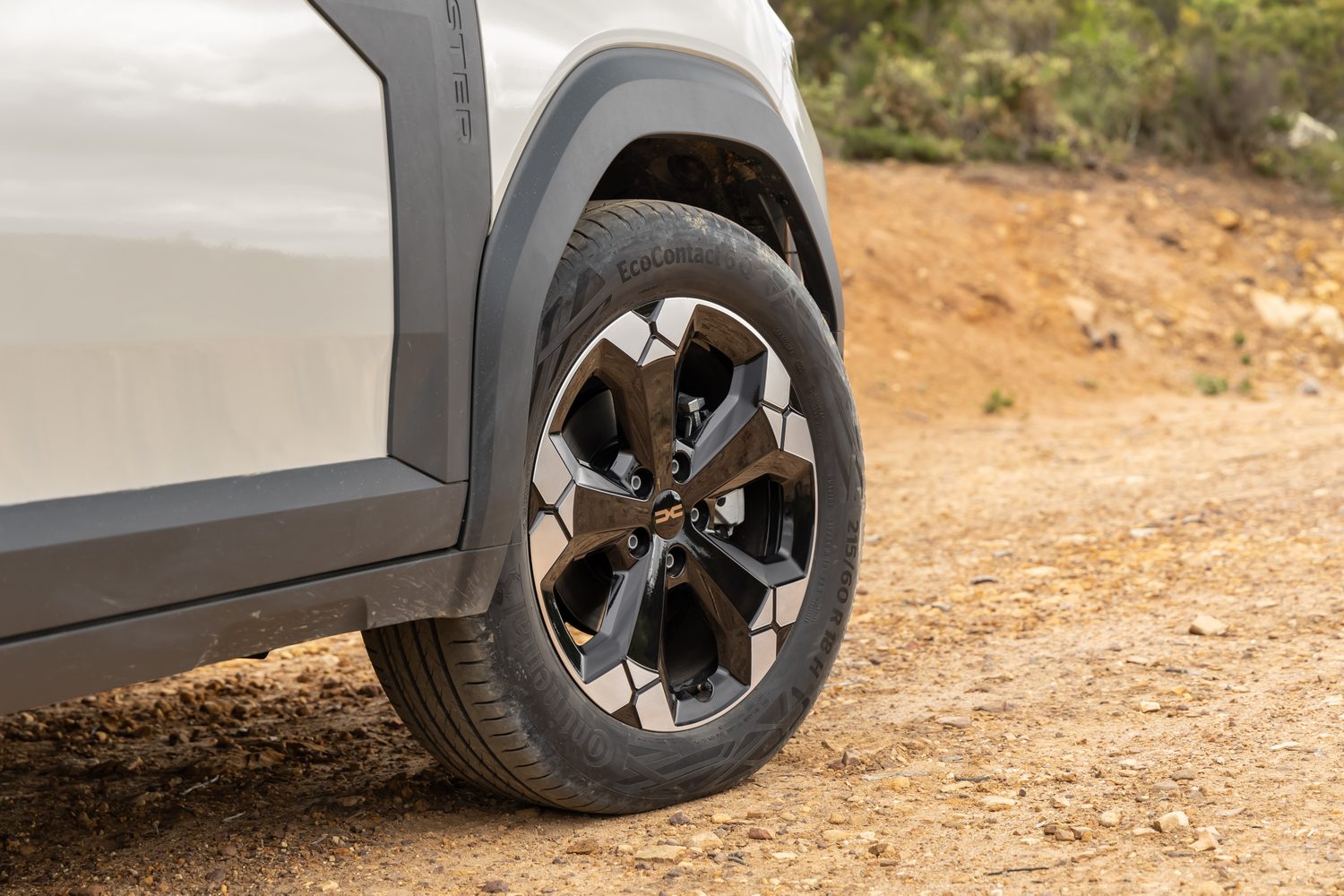
The bonnet isn’t particularly tall but is heavily contoured to emphasise the blocky nature of the Duster’s design. Cladding around the wheel arches and sills and on the leading edge of the front doors is made from a patented recycled mix of plastics called ‘Starkle’, which gives it a mottled appearance. Its imperfect nature might not appeal to all, but we like it as it’s a nod to greater sustainability. While it may be seen as a token gesture, it’s a talking point for the broader subject.
The model being tested here is the range-topping Extreme version. This is easy to spot by its bronze-coloured door mirrors and matching Dacia wordmark across the rear. Other smart features on the Duster include roof rails that can be unscrewed and pivoted through 90 degrees to form roof bars to support a bike rack or roof box weighing up to 80kg.
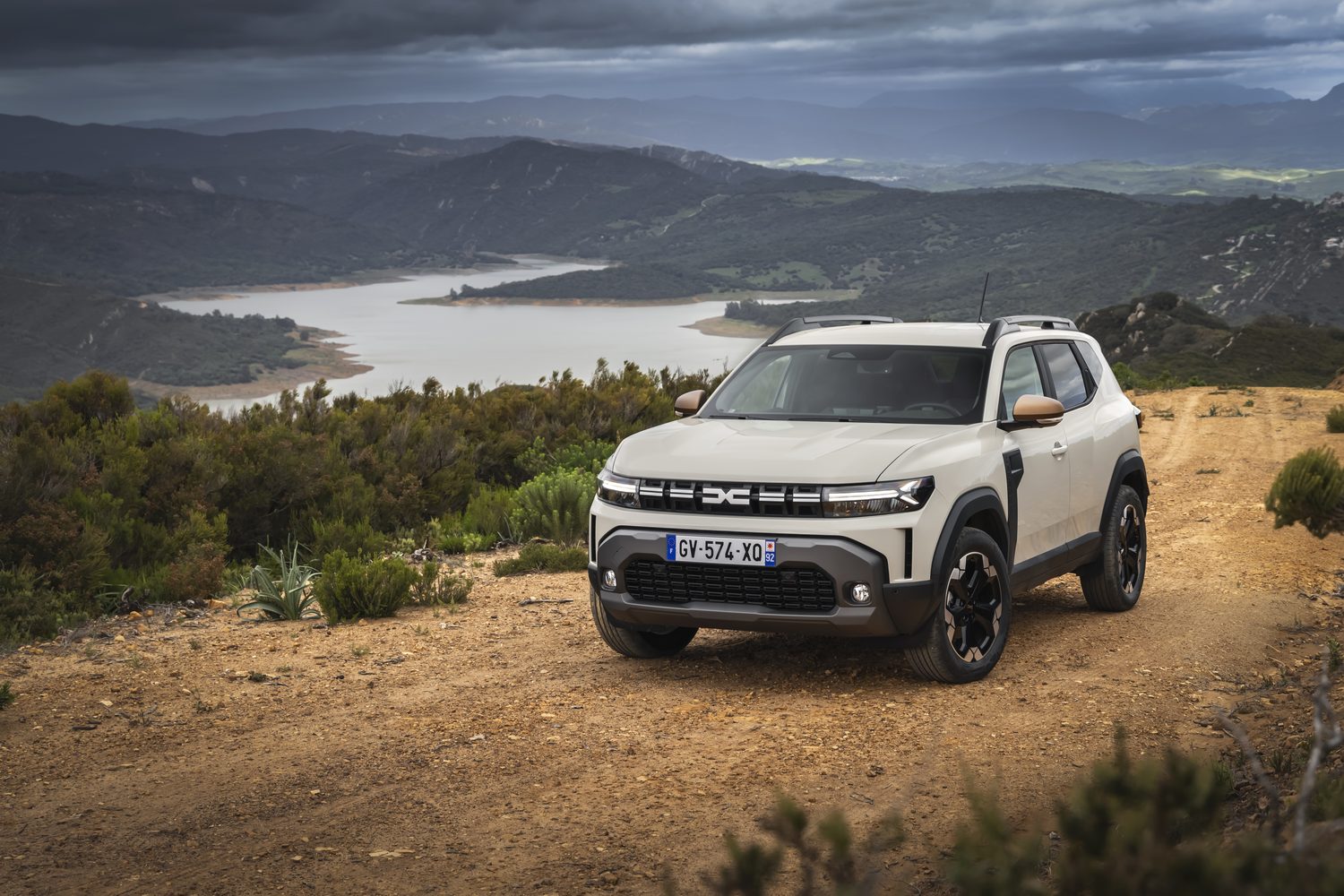
Even though the Duster now looks like a more substantial car than before, it remains almost identical in size to its predecessor, measuring 4.34 metres in length, 1.81 metres wide and just 1.66 metres in height. Dacia’s engineers actually brought down the car’s overall height to improve the aerodynamics in a bid for better fuel efficiency.
On the inside is a much more contemporary design than what went before. Dacia continues to offer a simplified interior on its entry-level Essential model with the Media Control setup that lets owners use their smartphone on the dashboard as the source of infotainment. On this Duster Extreme model, there is a 10.1-inch touchscreen that is joined by a 7.0-inch digital instrument display.
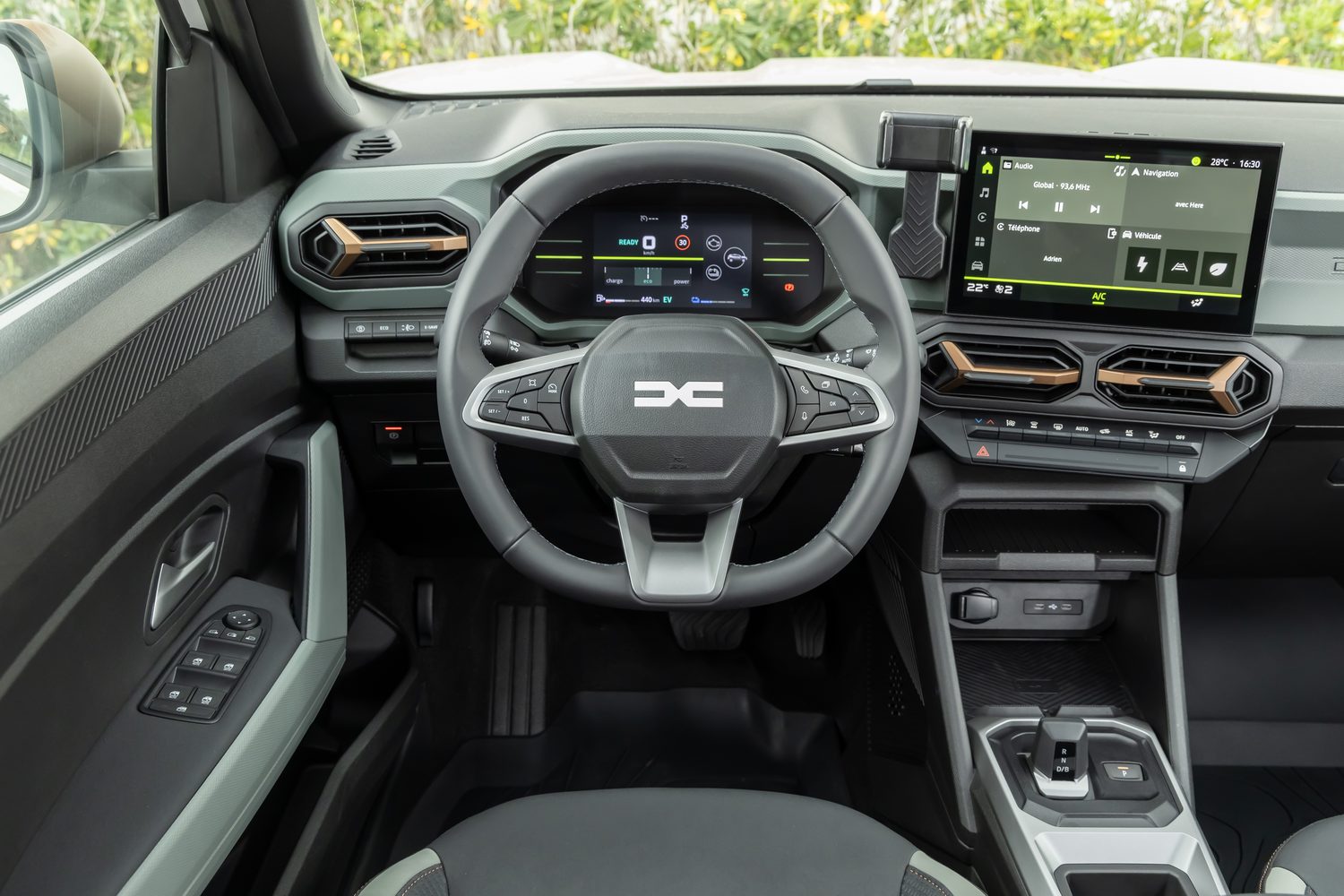
The ‘TEP MicroCloud’ upholstery on the seats has an unusual feel to the touch, but, it is washable and designed to cope with the challenges of those with active outdoor activities, so it should be well up for dealing with typical family life.
Driving it
There hasn’t been a hybrid option for the Dacia Duster before. The 1.6-litre four-cylinder engine and accompanying electric hardware are the same as what Dacia uses in the Jogger and are also shared with some Renault models. Its 1.2kWh battery provides sufficient energy for the Duster to pull away from a standstill and coast along in traffic with the engine off for a reasonable amount of time.
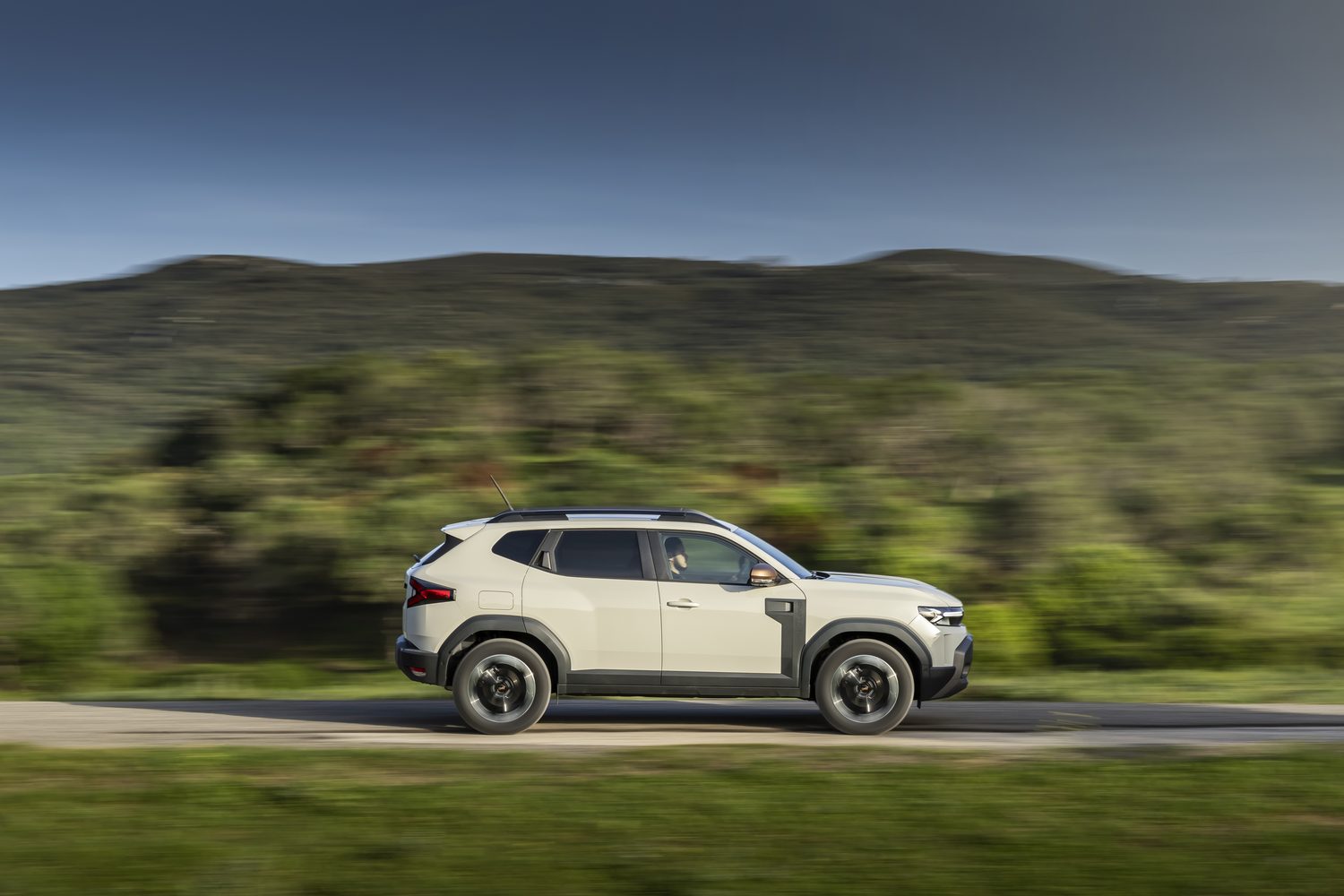
The electric motor might not be the most powerful of its kind, but it will easily pull the Dacia along once it’s moving. From time to time, the petrol engine does kick in, helping to charge the battery before shutting off once more. The combination of a slightly elevated driving position, good visibility and light steering makes the Dacia feel easy to manoeuvre in tighter confines.
You’ll get the most from this hybrid system if you drive conservatively and are gentle with your accelerator pedal inputs. Of course, should you need to perform an overtake, or if you’re joining a motorway, the four-cylinder engine does quickly spark into life and delivers its maximum power, though it does become quite vocal when doing so. When working hard, it isn’t the most refined of engine notes, but even over longer journeys, the hybrid system alternates between motors.
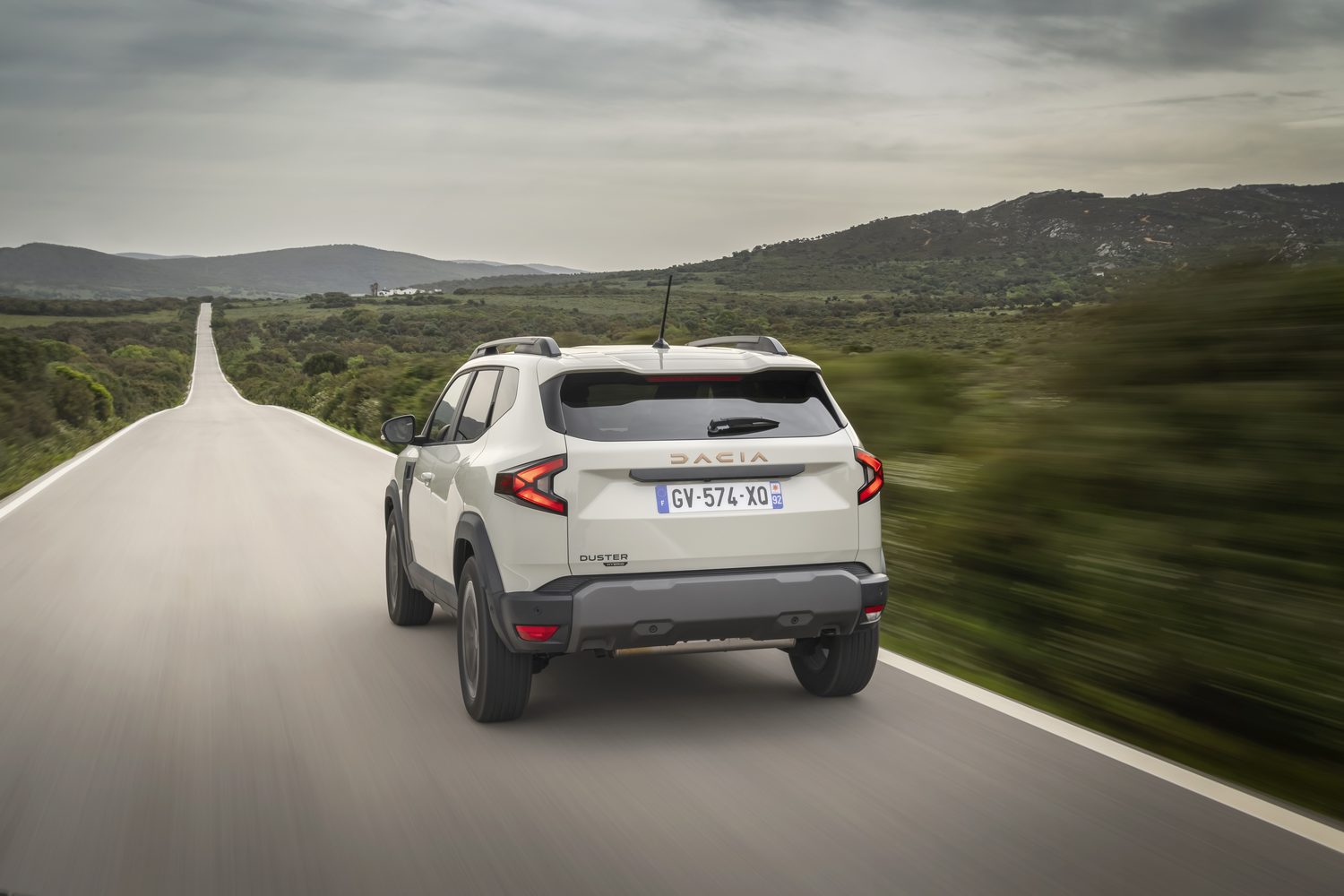
On the plus side, the Duster’s ride quality has greatly improved. Firmer anti-roll bars in the suspension mean that it corners with greater maturity and isn’t as prone to leaning over when you turn into a bend. That setup change gives the Duster a more assured quality that will undoubtedly give drivers confidence in the car in all conditions.
What you get for your money
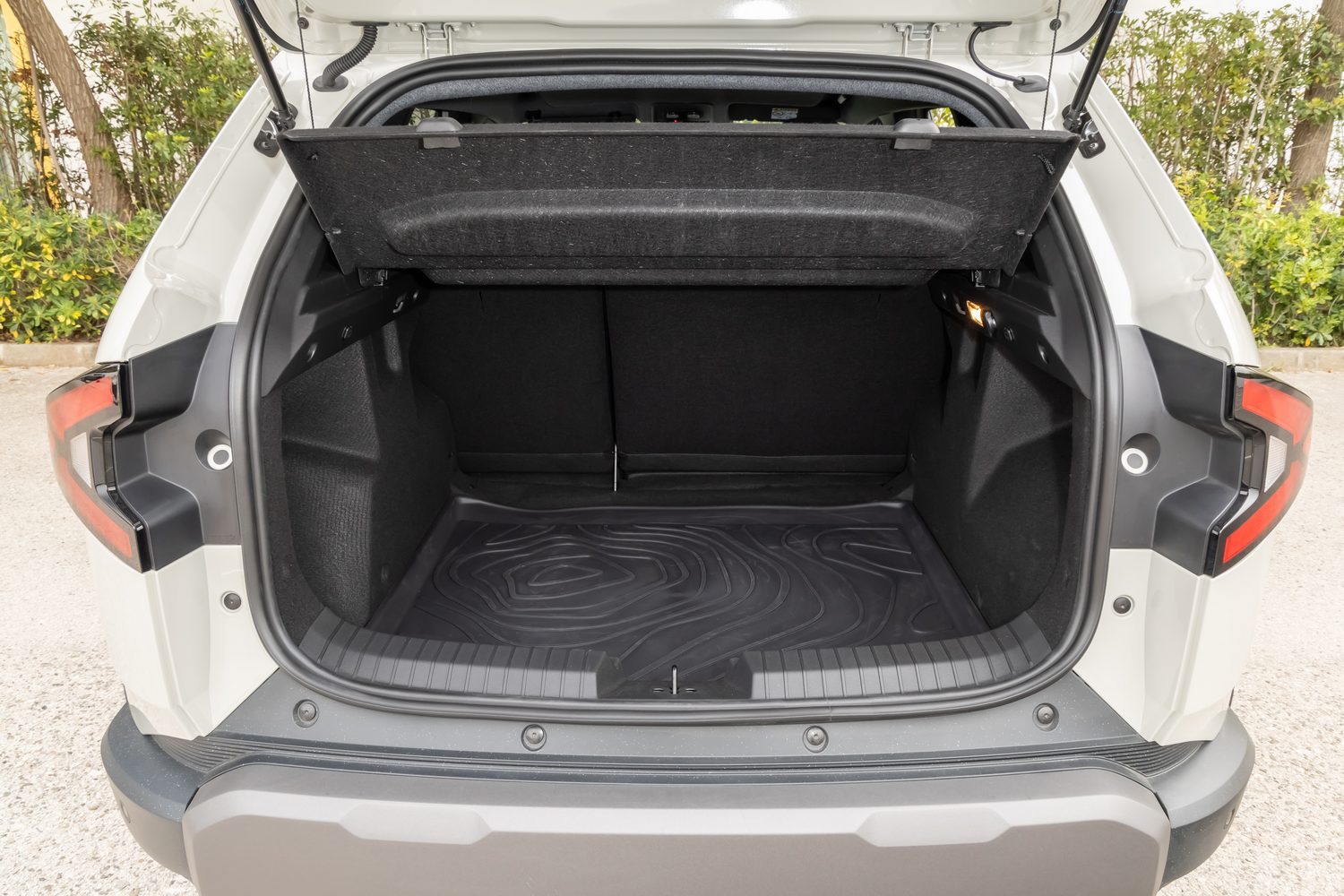
At the time of writing, it is still some months before the Dacia Duster arrives in Ireland, and pricing has yet to be confirmed. While Dacia is keen to maintain its reputation for affordable cars, the improvements and increased equipment levels will likely contribute to a minor price increase over the outgoing model. The same is also likely to apply to the hybrid engine, which is more expensive to produce than the mild-hybrid petrol alternative. Even so, the Duster should remain an attractive option for cost-conscious buyers. When Irish pricing and specifications are confirmed, this section of the review will be updated.
Summary
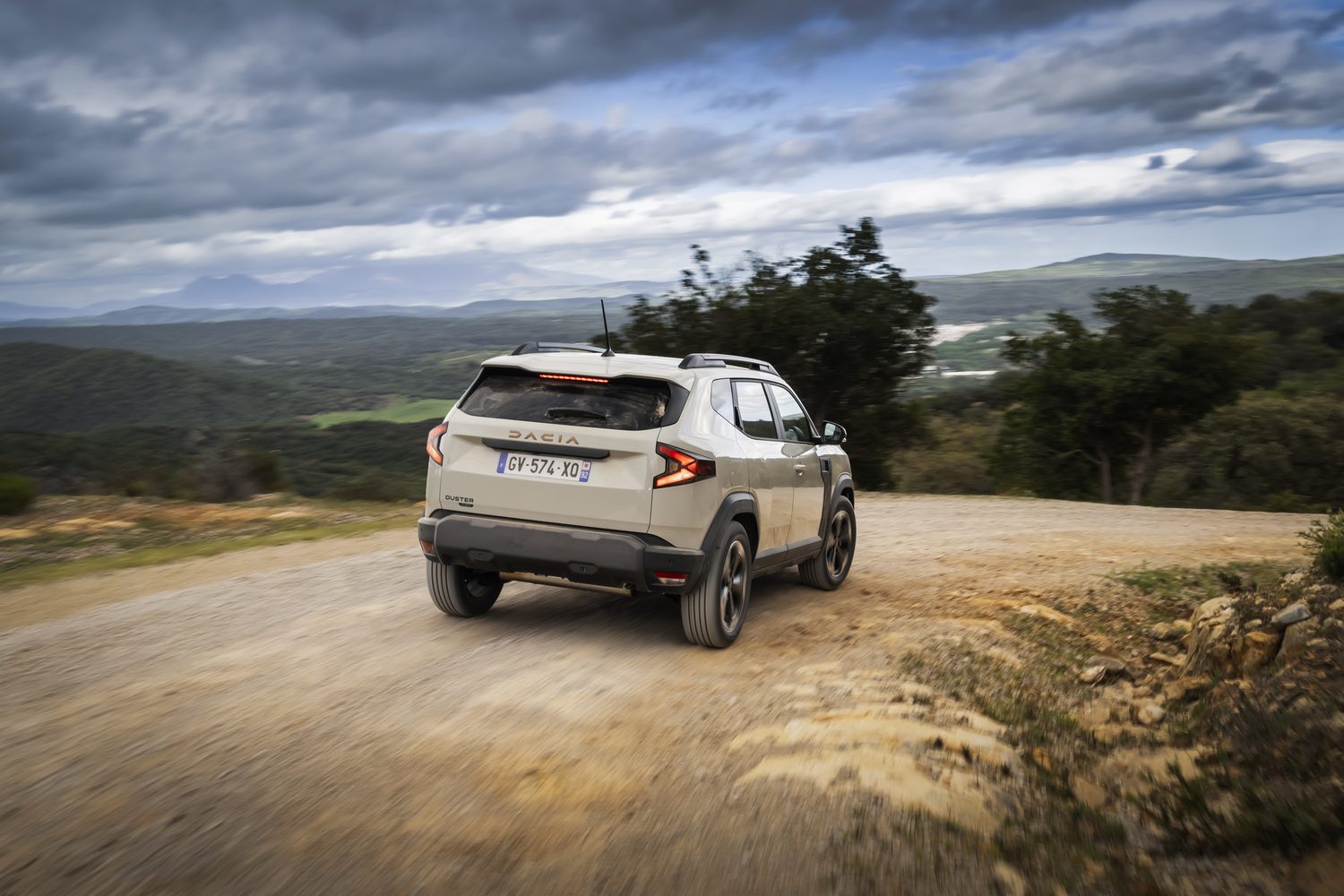
The Dacia Duster always had a certain charm about it, even if it wasn’t the most polished of cars. In this latest generation, Dacia has clearly upped its game. The new Duster not only looks great, but it has taken a massive step forward in terms of the driving experience. And a hybrid options shows that the company is certainly moving with the times.

